The first time I set foot in Malta, I wasn’t sure what to expect. Would it live up to the Mediterranean dream — golden stone, piercing blue waters, and a history so layered it feels almost mythical? Or would it be one of those destinations that look better in brochures than in reality?
I’ll be honest: for me, Malta is worth visiting. Not just for its cinematic coastlines or the way Valletta glows at sunset, but for the stories embedded in its streets.
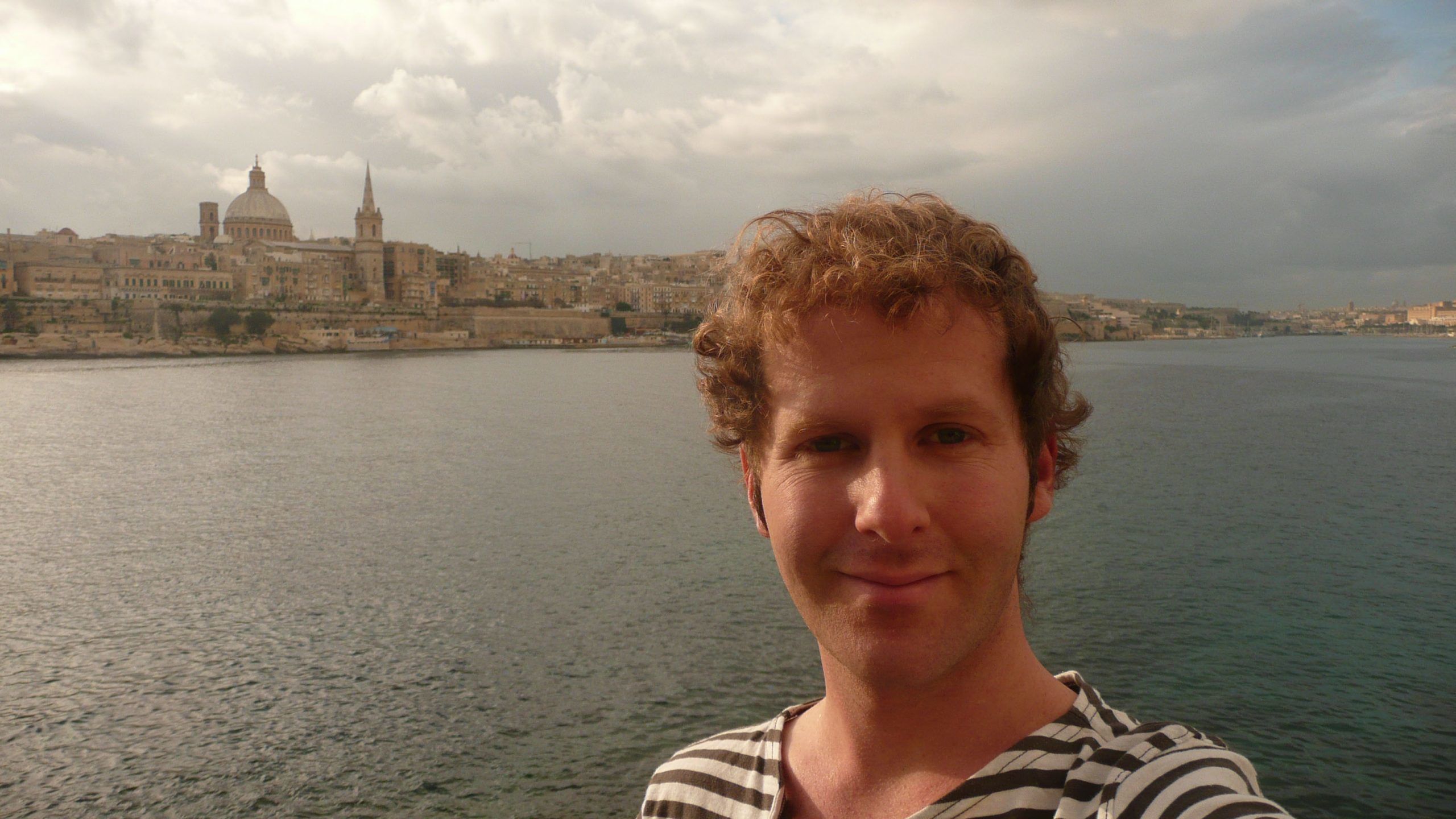
The catacombs where early Christians buried their dead. The limestone cliffs plunging into impossibly blue seas. The fishing boats in Marsaxlokk, their painted eyes watching over the harbour.
It’s a place that rewards slow exploration and an appreciation for contrasts — ancient yet buzzing, relaxed yet full of life.
But is Malta right for you? Let’s break it down.
Disclosure: This article contains affiliate links. If you make a purchase through these links, I may earn a small commission at no extra cost to you. Thank you for supporting my blog!
Is Malta Worth Visiting? Here’s What to Consider
Malta isn’t a destination that slots neatly into one category. It’s not a hidden gem, nor is it an overhyped tourist trap. It’s a place of contrasts — where ancient ruins stand beside modern developments, where postcard-worthy waters meet rugged, rocky shorelines.
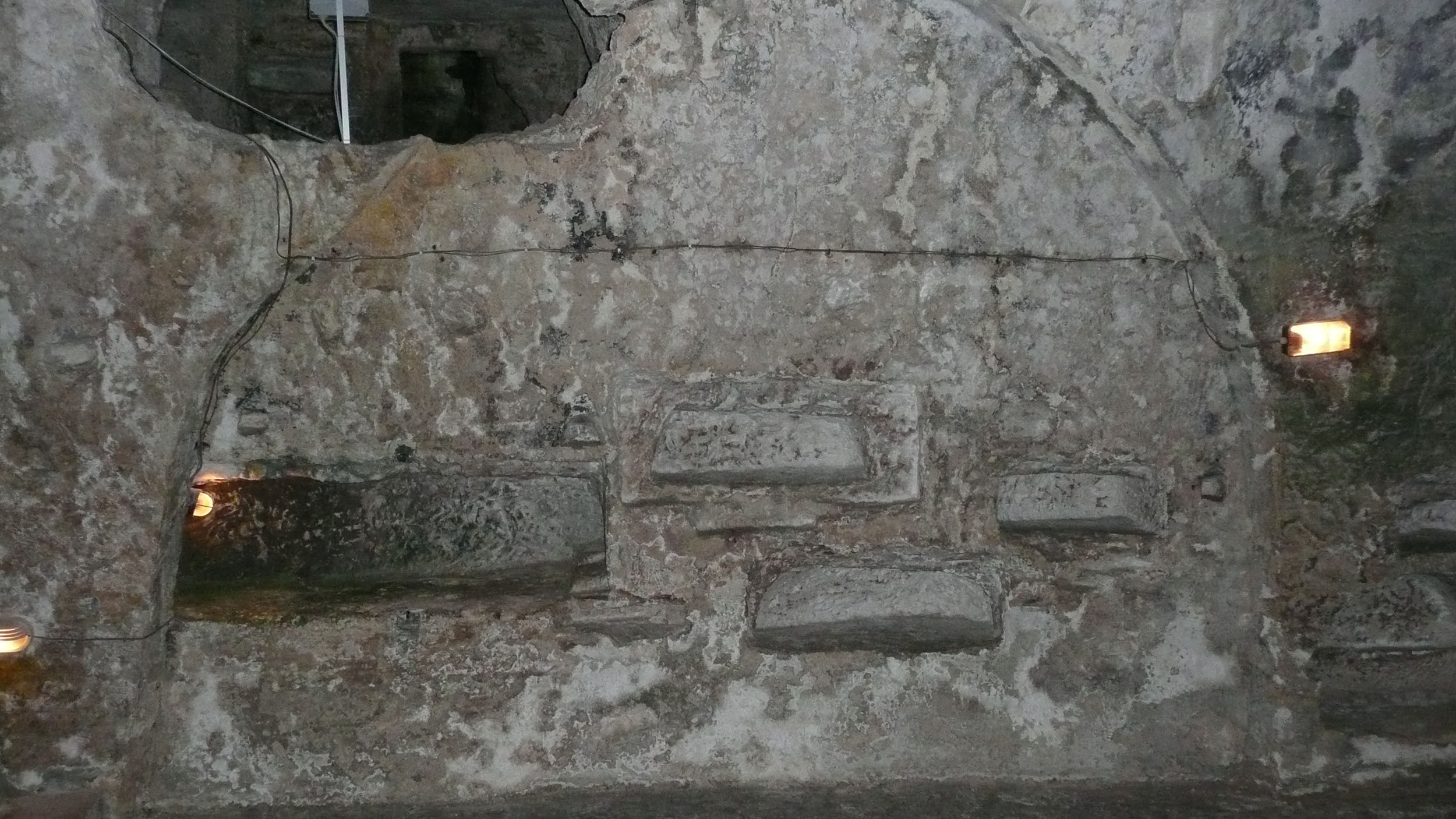
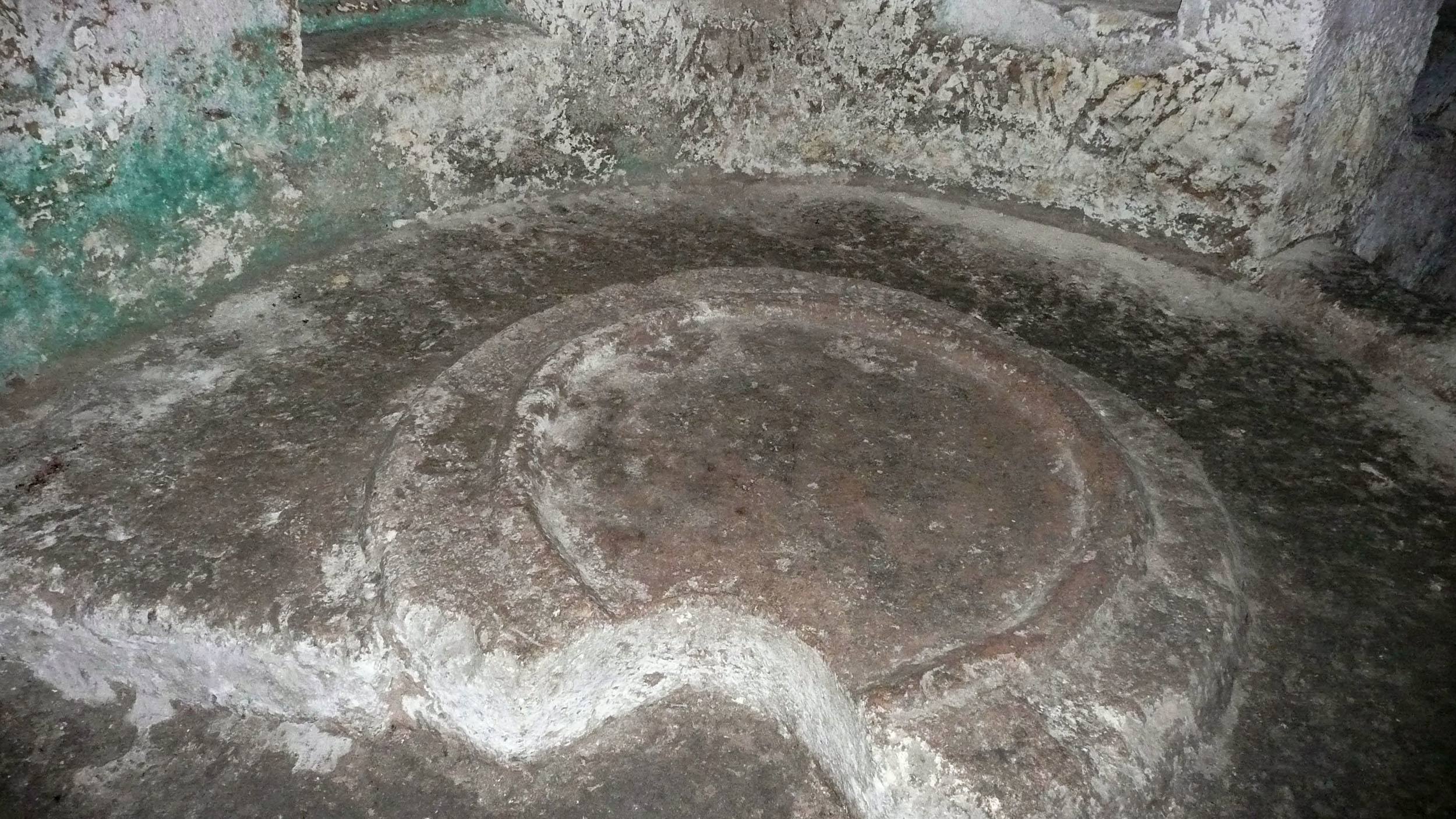
If you’re looking for history, Malta is a goldmine.
The island is home to some of the oldest temples in the world, fortresses that have seen centuries of battle, and underground catacombs that whisper stories of the past. But if you’re after the kind of Mediterranean experience filled with endless sandy beaches, you might be disappointed — Malta’s coastline is beautiful, but it’s more limestone cliffs than golden shores.
Then there’s the reality of mass tourism.
Valletta and Mdina are undeniably stunning, but they don’t always feel lived-in. In peak season, cruise ships spill thousands of day-trippers into the narrow streets, making it feel more like a theme park than a functioning city. Still, visit in the off-season, and you might just have these historic streets almost to yourself.
Budget-wise, Malta sits in an awkward middle ground.
It’s not prohibitively expensive, but it’s also not the cheap getaway many assume it to be. Meals, transport, and accommodation can add up quickly, especially if you’re used to the affordability of nearby destinations like the Balkans.
Ultimately, whether Malta is worth visiting depends on your travel style. If you’re after rich history, dramatic coastlines, and a destination that’s compact and easy to explore, it’s a solid choice. But if you’re expecting a budget-friendly beach paradise, you may need to adjust your expectations.
Reasons That Make Malta Worth Visiting
Malta is a place where prehistoric temples stand beside lively fishing villages, and limestone cliffs plunge into waters so vividly blue they seem unreal. It’s a destination that rewards curiosity, whether you’re drawn to its layered history, cinematic landscapes, or the simple pleasure of a seaside meal in a centuries-old harbour.
The Mediterranean’s Liquid Resplendence
The Mediterranean carries an expectation — a promise of sun-drenched days and impossibly blue and green waters. In Malta, that promise holds true.

Whether weaving through Valletta’s cobbled streets, catching glimpses of the shimmering sea between historic facades, or watching the coastline blur past from the window of an orange Maltese bus, the water remains a constant presence. It shifts from deep sapphire to translucent turquoise, always catching the sun, always drawing the eye.
Nothing, however, prepared me for the Blue Grotto.

As my boat skimmed across the surface, the water transformed — light bending through the cave’s entrance, casting an iridescent glow that flickered between luminous aquamarine and inky blue.
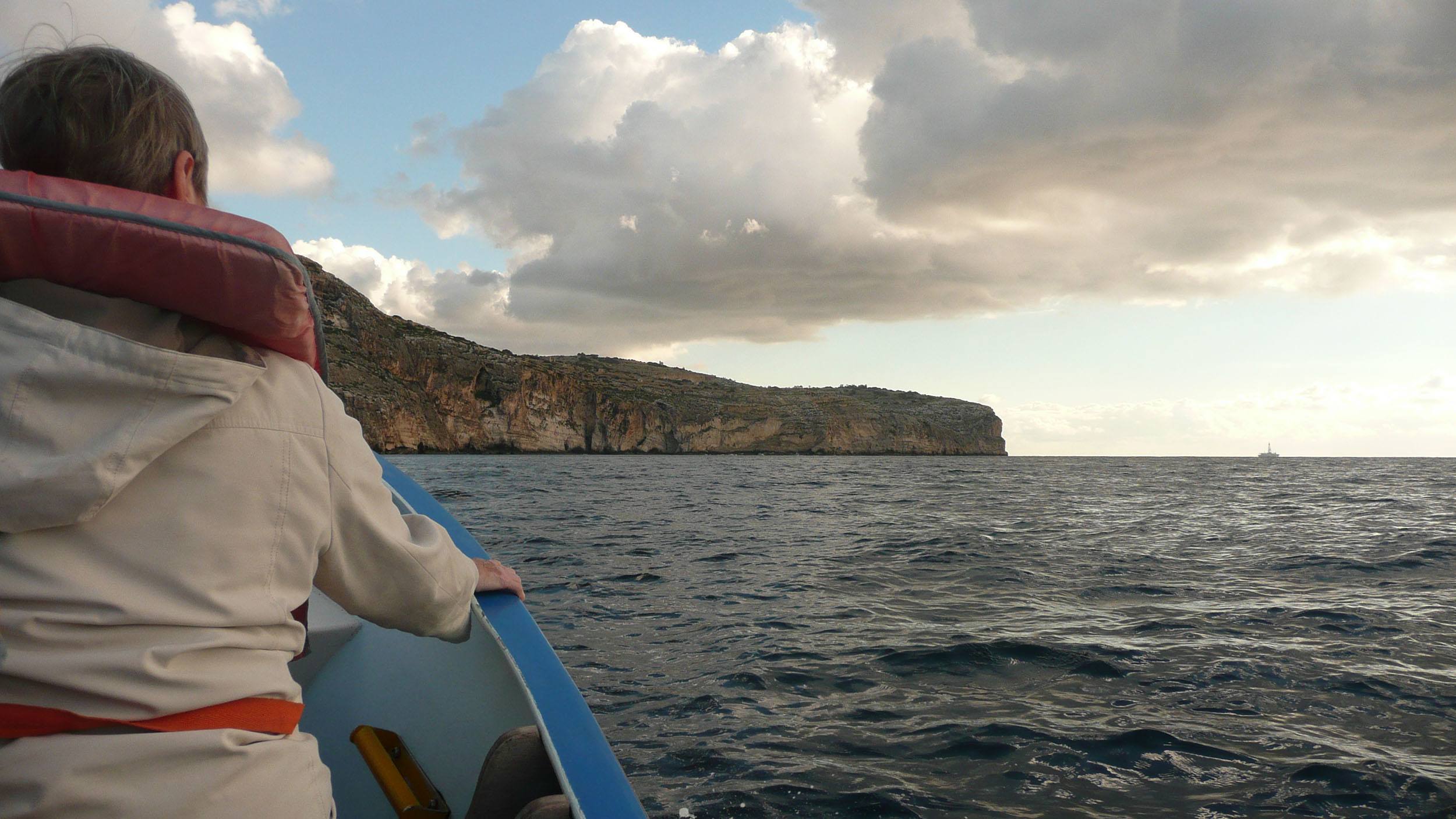
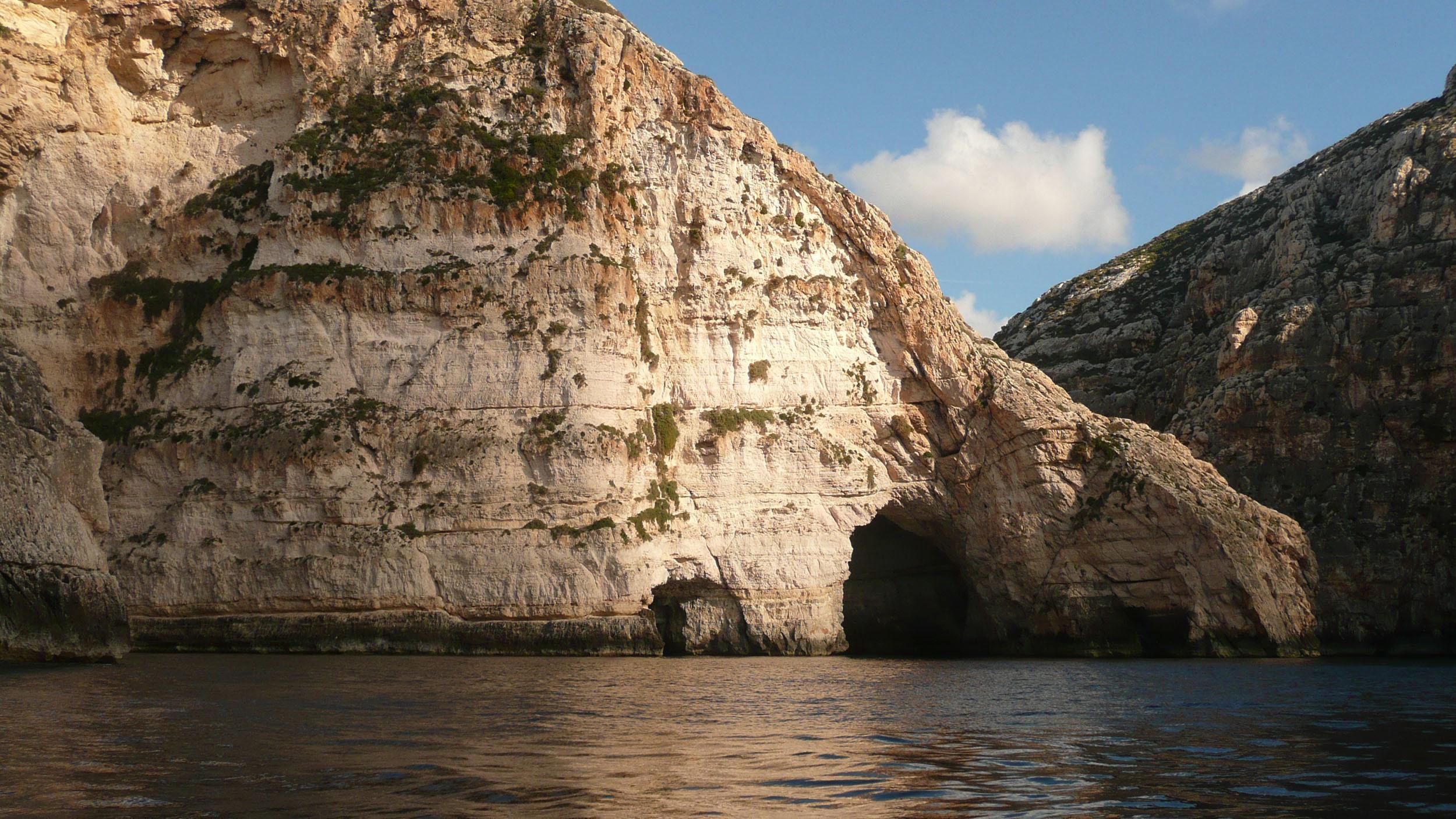
The contrast between the golden limestone cliffs and the surreal depths below made it feel less like a place and more like an illusion, as if nature had dialled up the saturation just for show.
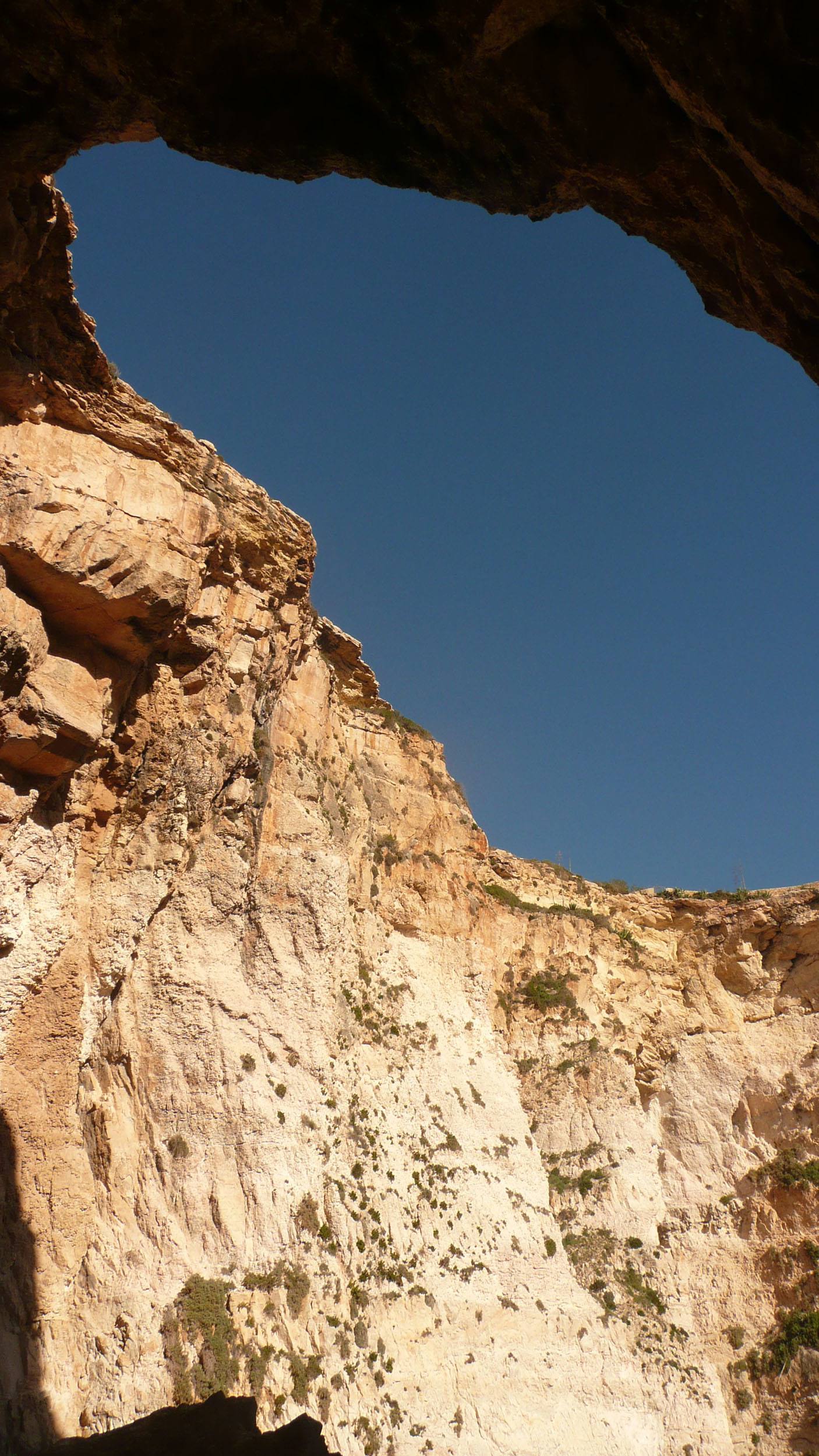
Yet, Malta’s waters don’t need dramatic caves to impress. At Dingli Cliffs, I stood watching the waves far beneath me, the vastness of the open sea stretching toward the horizon. Whether floating in the shallows or staring from the shore, Malta’s waters are a spectacle — one that never fades into the background.
Malta’s Fascinating Historic Depth
Malta’s history isn’t confined to museums — it’s in the streets, the stone, and the very air that lingers between its ancient walls. Nowhere did I feel this more than in Valletta.
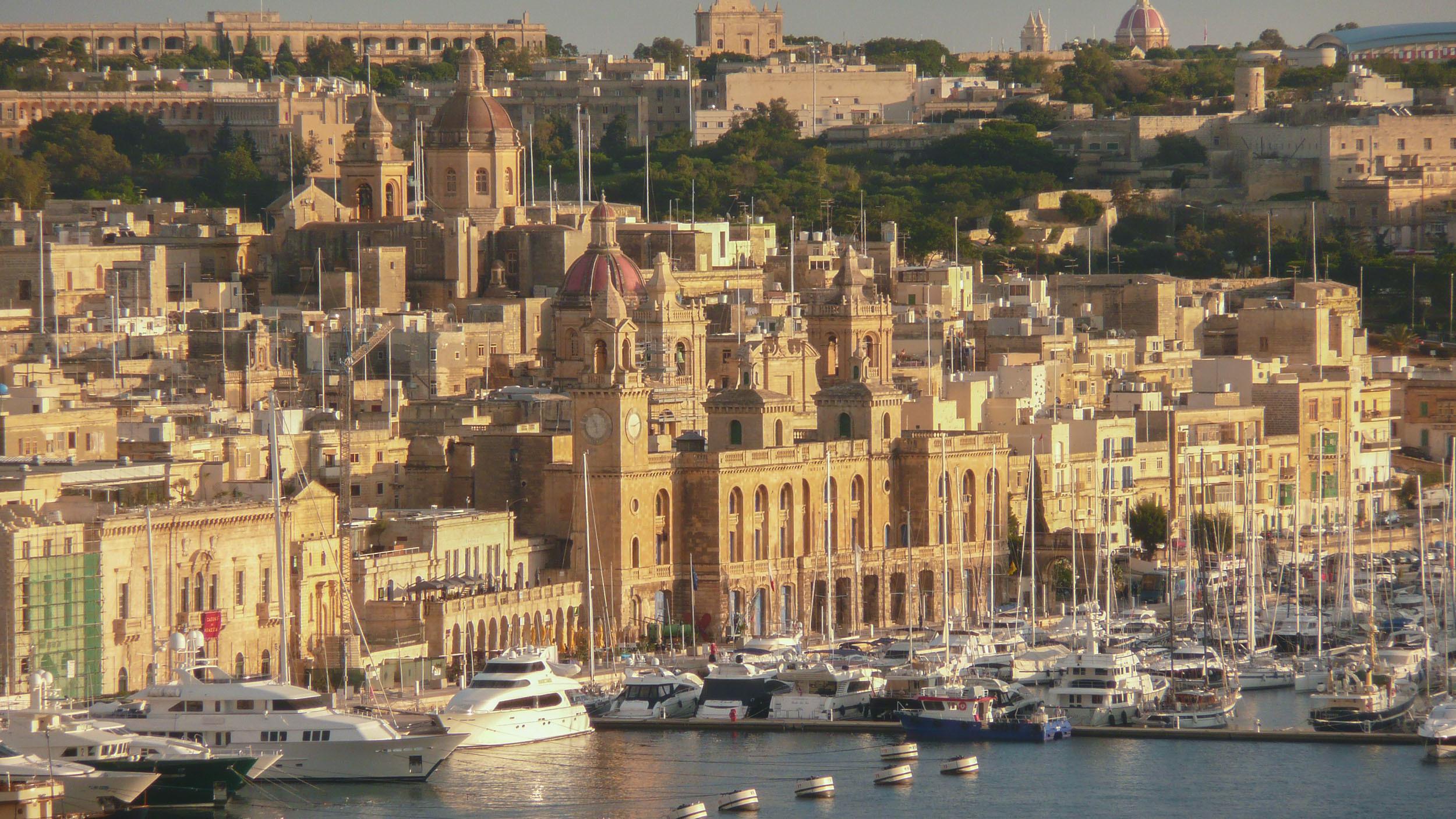
As I wandered its fortress-like streets, the weight of history pressed in on all sides. Ornate balconies jutted out over narrow alleyways, limestone facades glowed under the Mediterranean sun, and every turn revealed another relic of Malta’s past. Valletta isn’t just historic — it’s a living museum, one that tells its story through every bastion, church, and sun-worn street corner.
Yet, even Valletta couldn’t prepare me for the eerie depths of St. Paul’s Catacombs. Beneath Rabat’s quiet streets, these ancient burial chambers stretched like an underground labyrinth, a reminder of Malta’s role as a crossroads of civilisations.
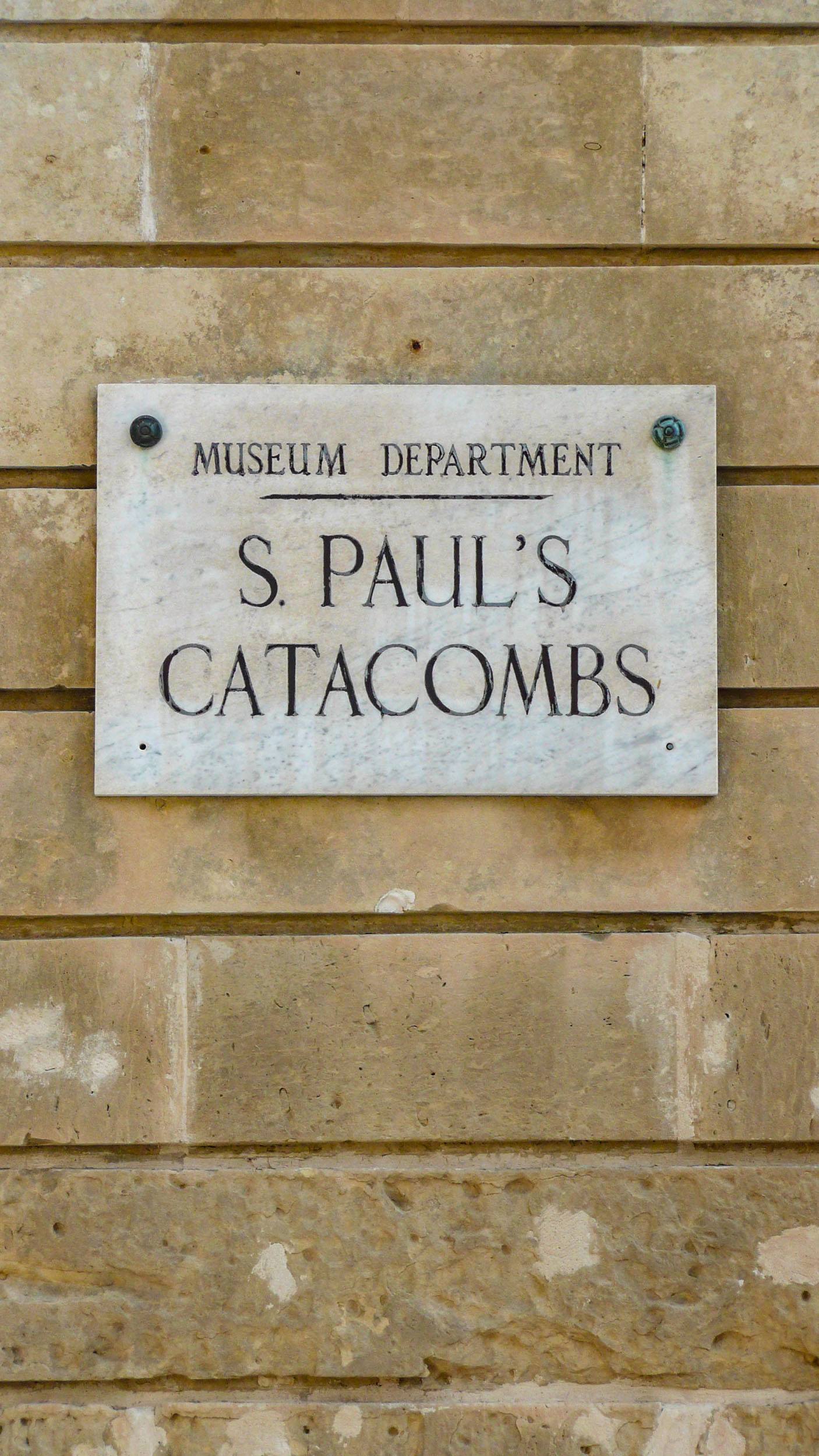
I traced my fingers along the cool limestone, imagining the centuries of life — and death — that had passed through these dimly lit corridors. Christian, pagan, and Jewish burials coexisted here, their final resting places a silent testament to Malta’s cultural and religious diversity.
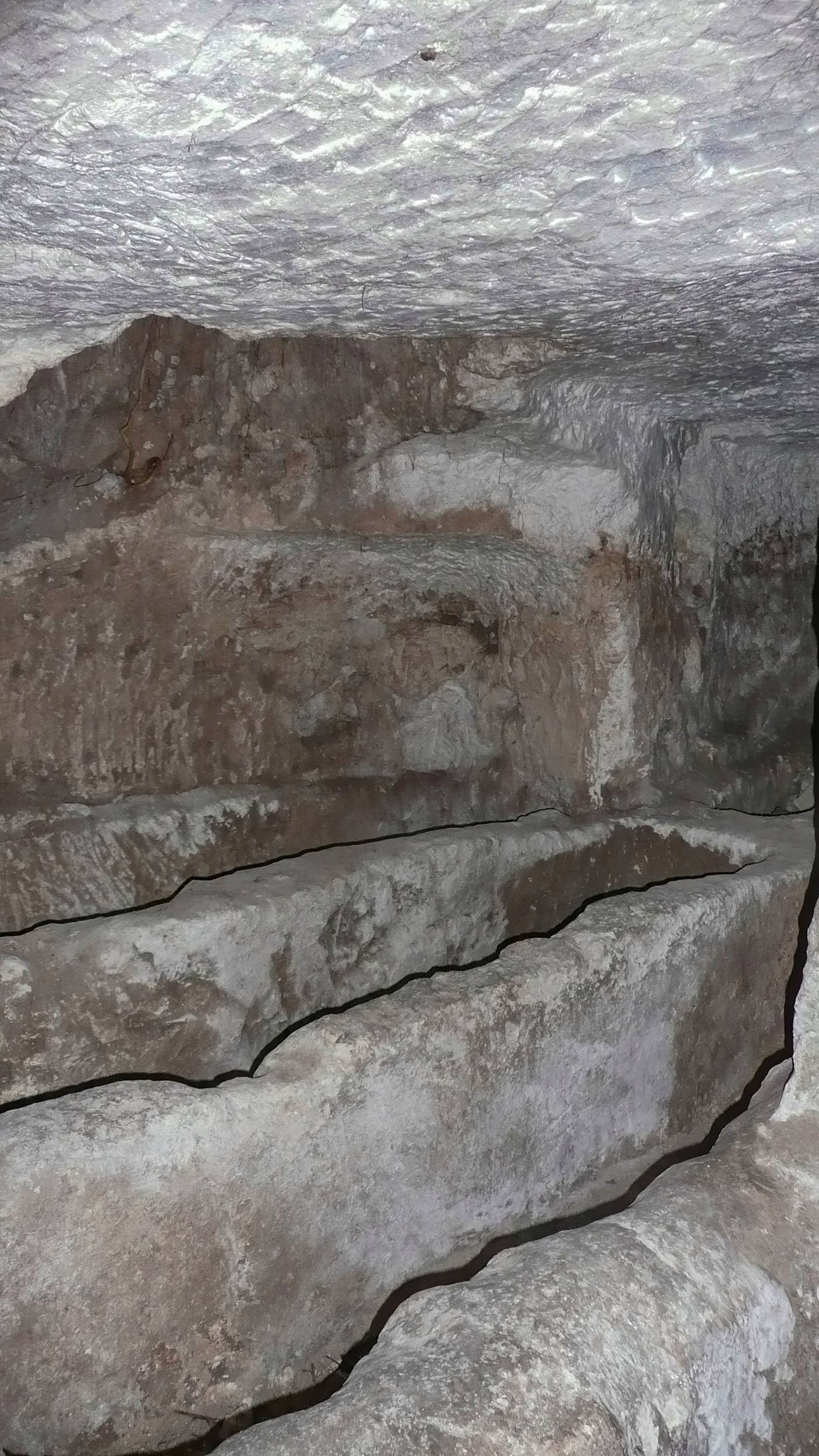
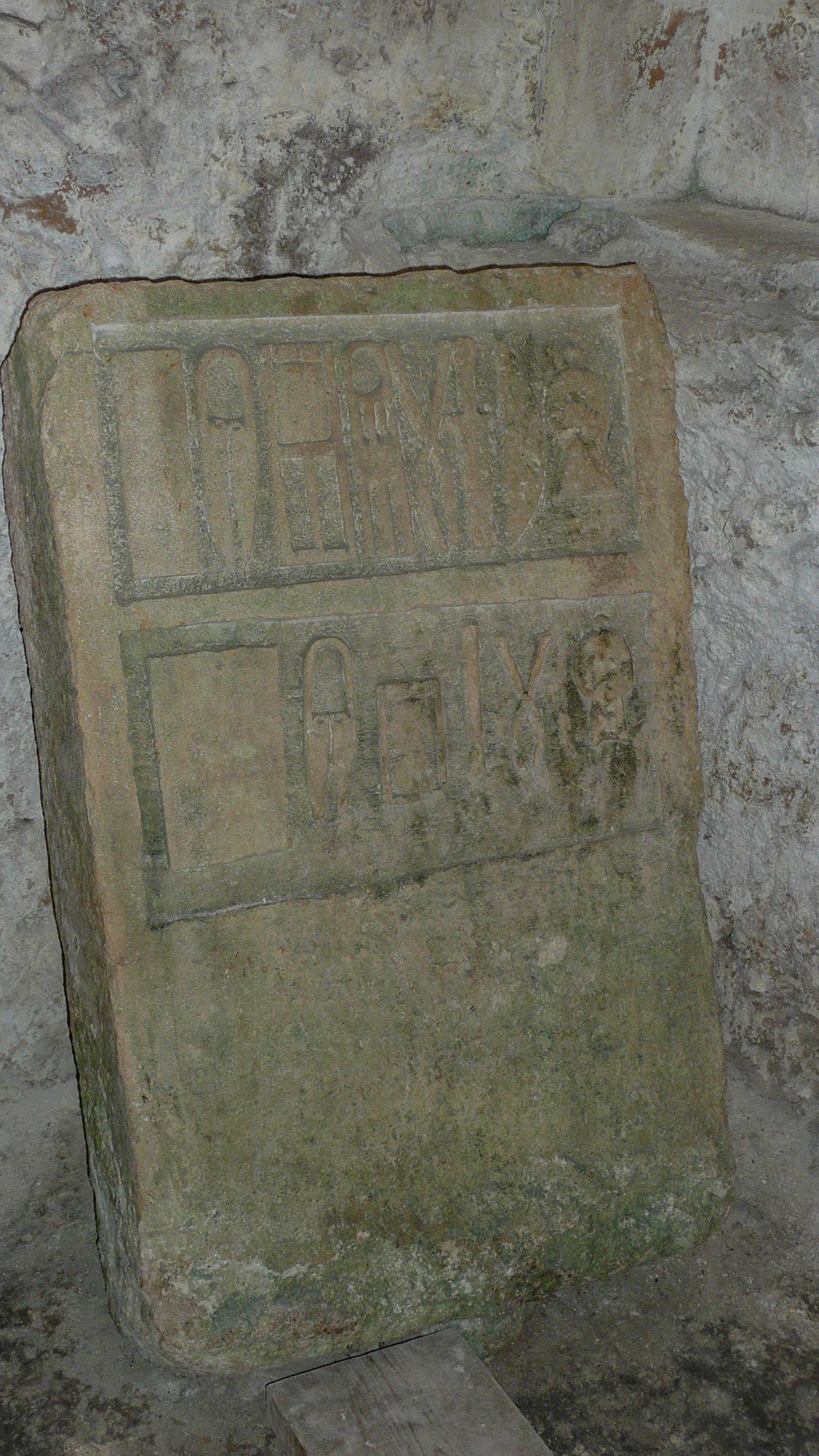
Though I only scratched the surface of Malta’s historic wealth, what I saw was enough to convince me — this tiny island carries a past far greater than its size.
Popeye Village – A Quirky Slice of Nostalgia
Malta has no shortage of historical and cultural sites, but Popeye Village is something else entirely — a slice of Hollywood whimsy perched on the island’s rugged coast.
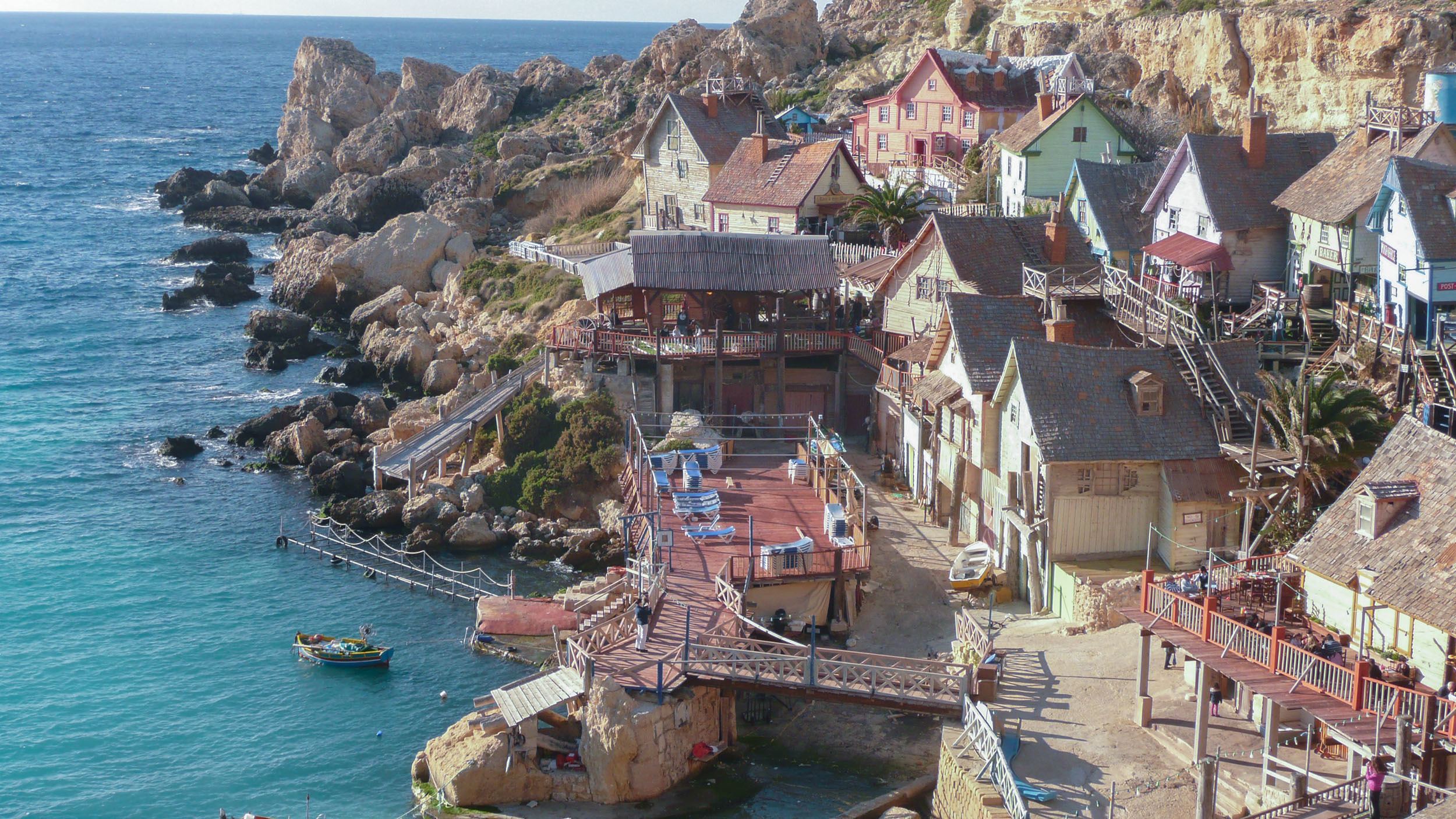
I hadn’t planned on visiting, but curiosity (and a lingering childhood nostalgia for the gruff, spinach-chomping sailor) won out. What I found was a full-sized movie set-turned-theme park, built for the 1980 Popeye film starring Robin Williams.
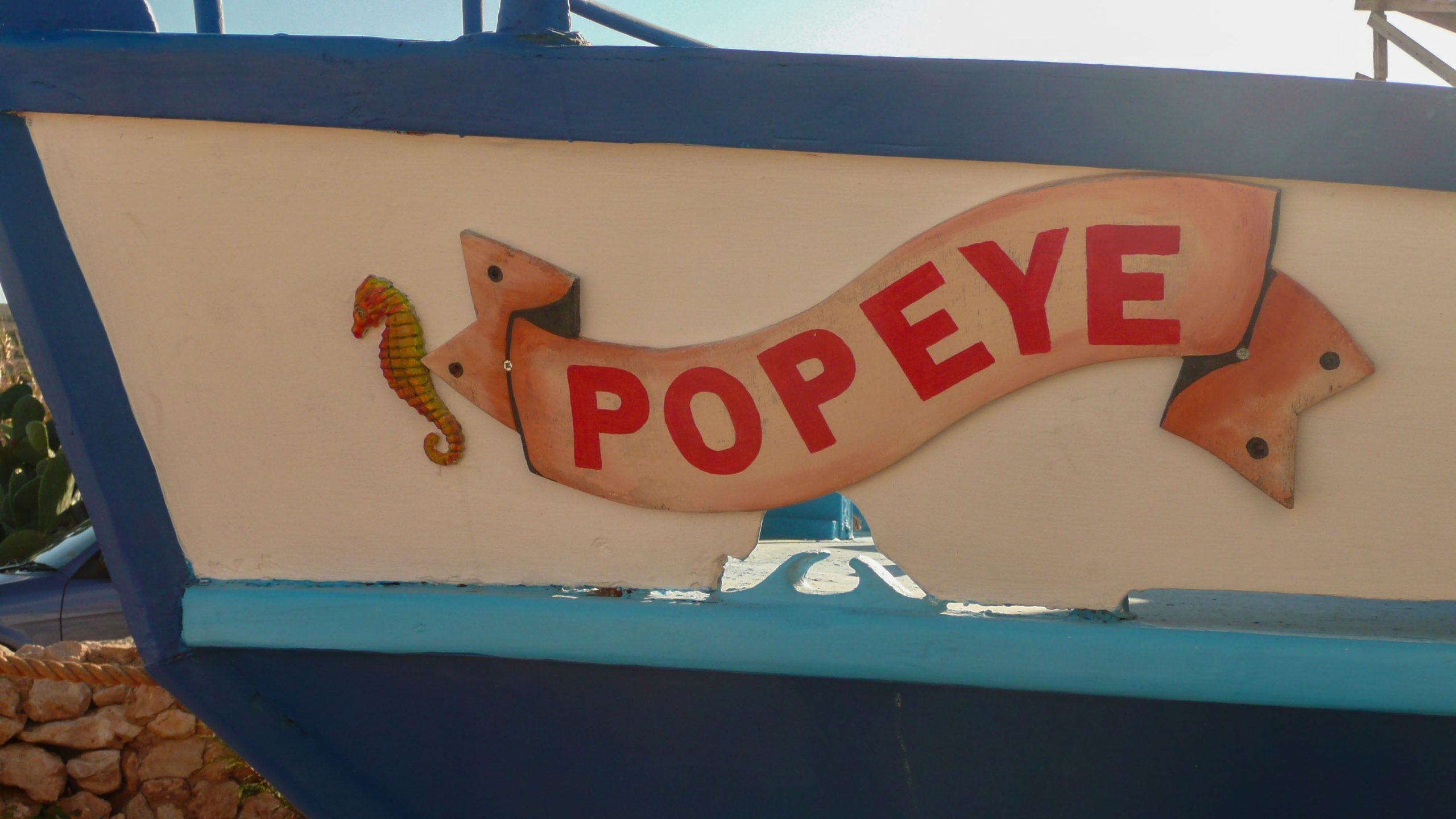
Walking through the colourful, crooked wooden houses felt surreal, like stepping into a cartoon brought to life. The charm wasn’t just in the structures themselves, but in the small, playful details — ropes and barrels scattered along the boardwalk, Popeye’s boat rocking lazily in the bay, and actors fully committed to their roles, interacting with visitors as if they were extras in a never-ending show.
Even if you’ve never watched the film, the setting alone is worth the trip. The cliffs surrounding the village drop dramatically into an impossibly blue sea, making it one of the most photogenic spots on the island.
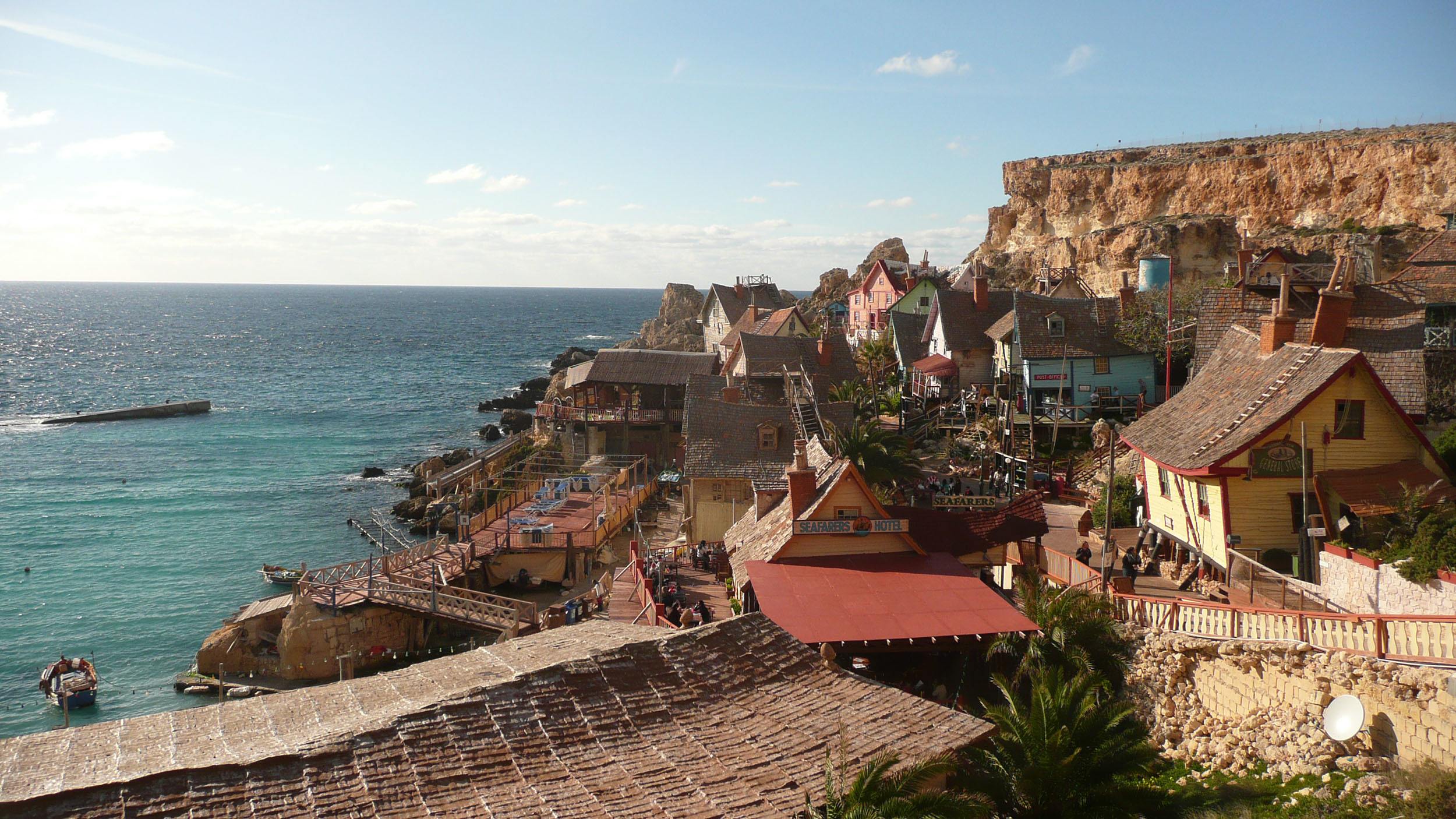
It’s kitschy, yes, but in a way that doesn’t take itself too seriously — just the right amount of ridiculous fun in a country otherwise steeped in deep history.
Malta Travel is (Mostly) Effortless
Malta’s compact size makes getting around refreshingly straightforward — at least most of the time.

Unlike sprawling destinations where hours are lost in transit, here you can hop from one end of the island to the other in under an hour. Whether by car, bus, or even bicycle, navigating Malta is more about choosing the right pace than worrying about logistics.
The boldly painted orange buses are an experience in themselves — part functional transport, part nostalgia trip. While many of the charming, vintage models have been replaced with a more modern fleet, the public bus system still offers extensive coverage and is a great option for budget travellers.
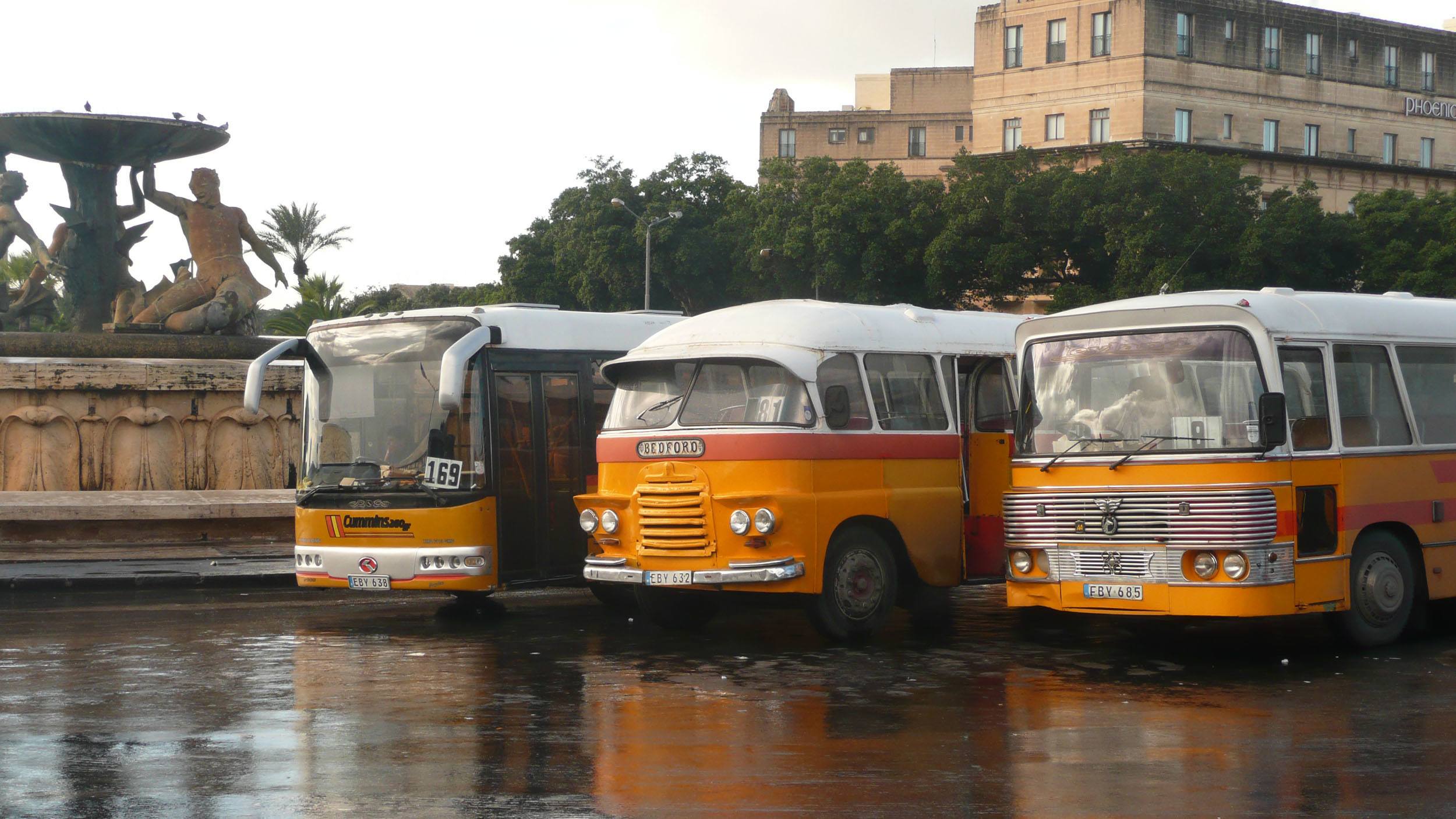
I found it easy to crisscross the island using buses alone, and the unplanned encounters with locals along the way added unexpected layers to the journey.

That said, Malta’s buses aren’t always predictable. During peak times, they can be packed, and schedules don’t always run like clockwork.
Renting a car offers more freedom, but it comes with its own set of challenges — narrow roads, local driving quirks, and limited parking in cities like Valletta.
For most travellers, a mix of buses and walking works well, but if you’re venturing to more remote areas, a car might save you time and frustration.
For bus fares, routes and timetables, click here.
Marsaxlokk – The Soul of Malta’s Fishing Culture
Marsaxlokk felt like a glimpse into a slower, more grounded Malta — one that hadn’t been polished to perfection for tourists.
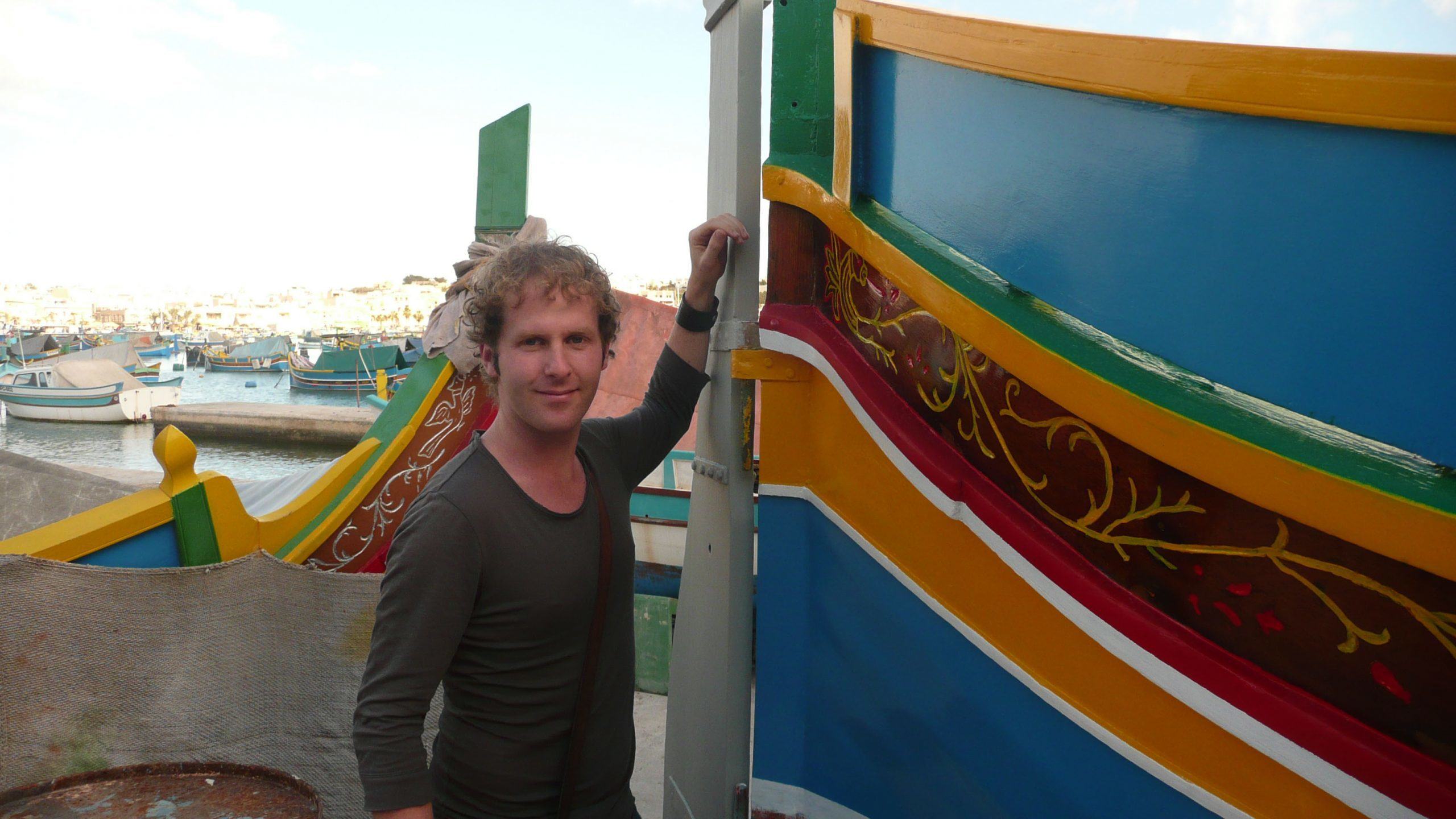
As I strolled along the waterfront, the scene was effortlessly picturesque yet entirely unpretentious. Wooden fishing boats bobbed lazily in the harbour, their bright hues of blue, red, and yellow standing out against the calm, glassy water. Some trees lined the promenade, separating clusters of stone houses that exuded an understated, weathered charm.
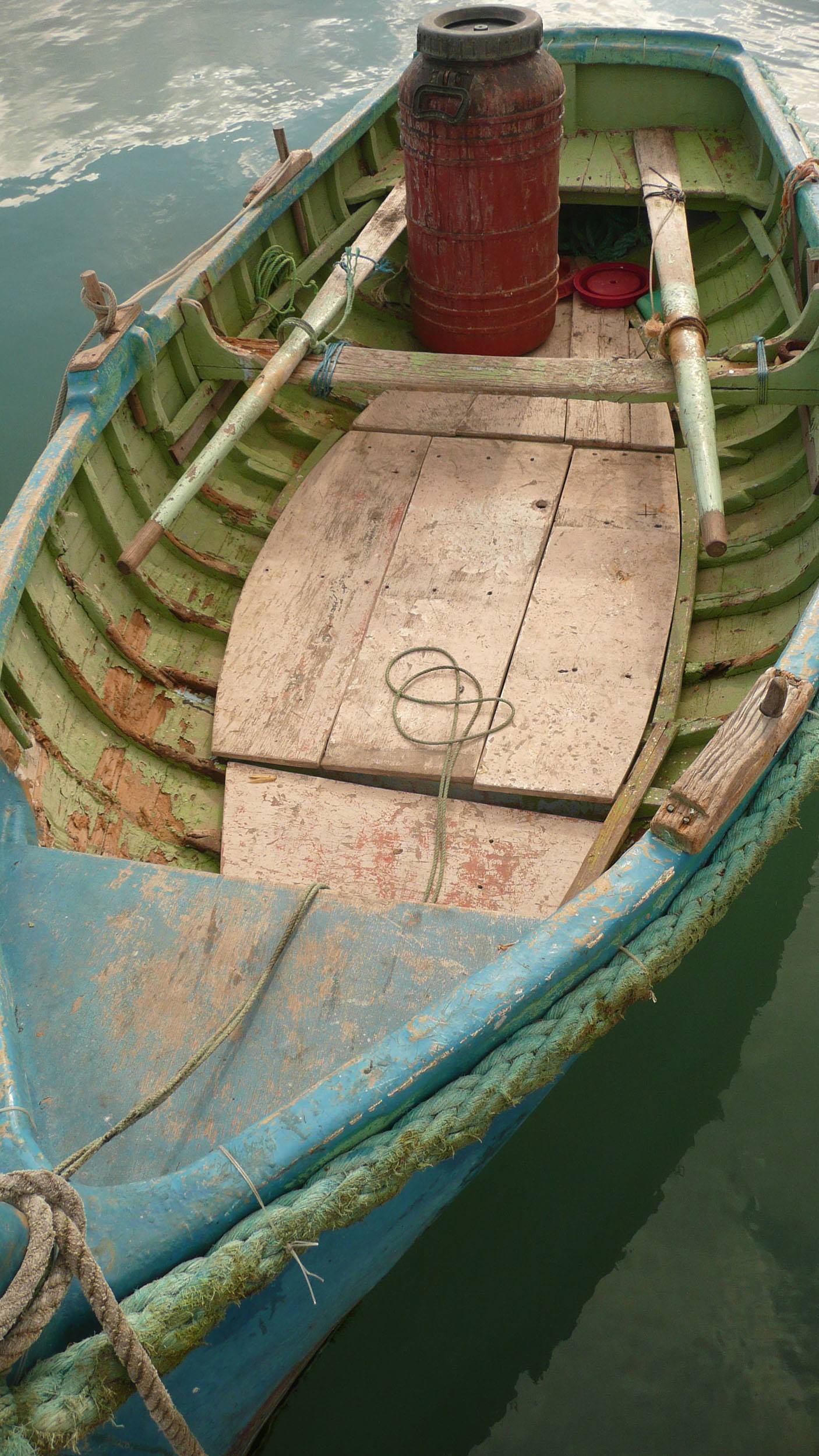
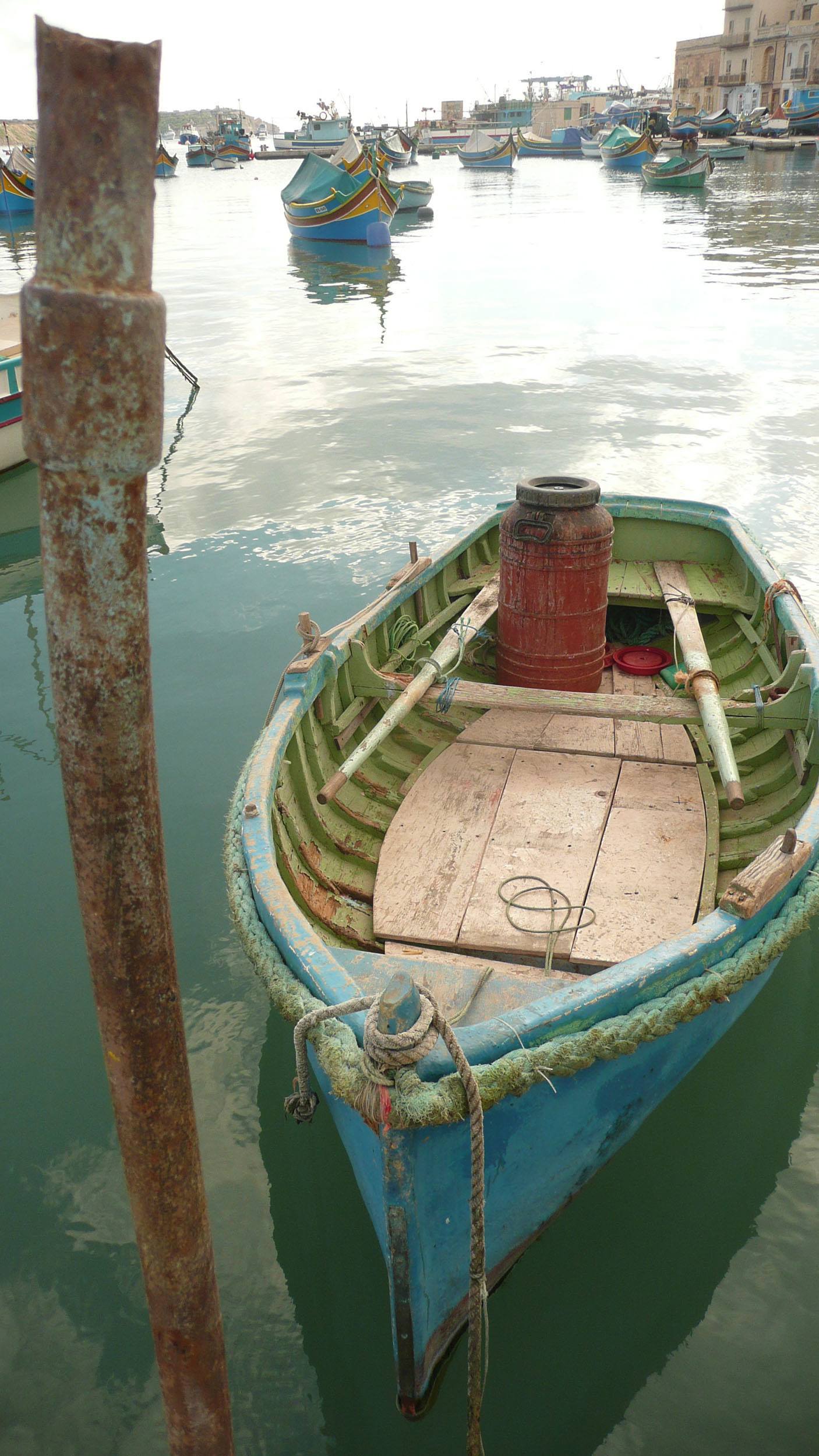
The air was thick with the scent of grilled seafood, drifting from open-air restaurants where people lingered over long lunches. I watched as old fishermen, seated on crates and benches, carefully repainted their boats — adding a fresh coat of colour to vessels that had likely been in their families for generations.

The whole place felt alive, but not in a hurried way.
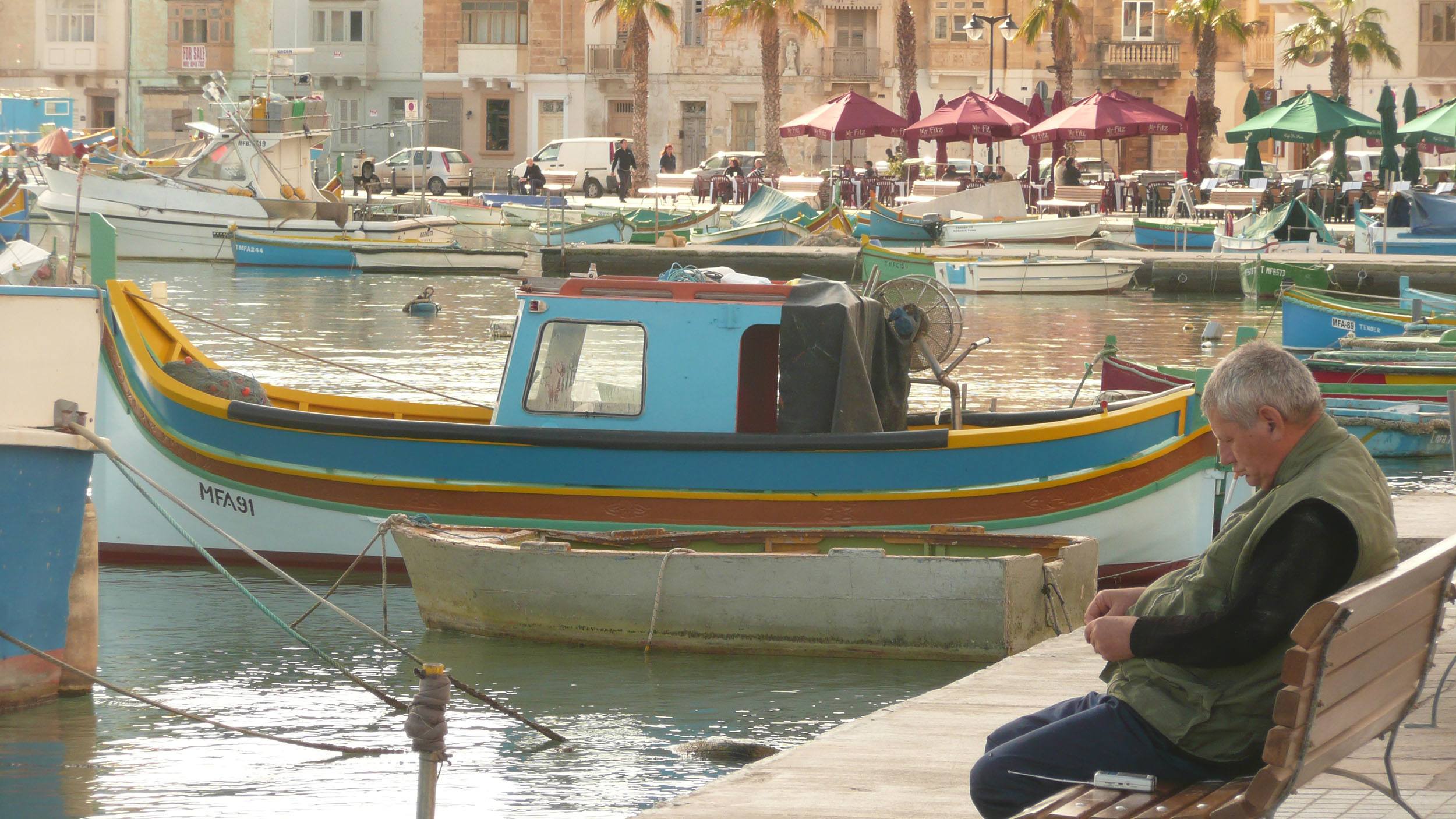
It was the kind of energy that doesn’t demand attention but rewards those who slow down enough to take it in.
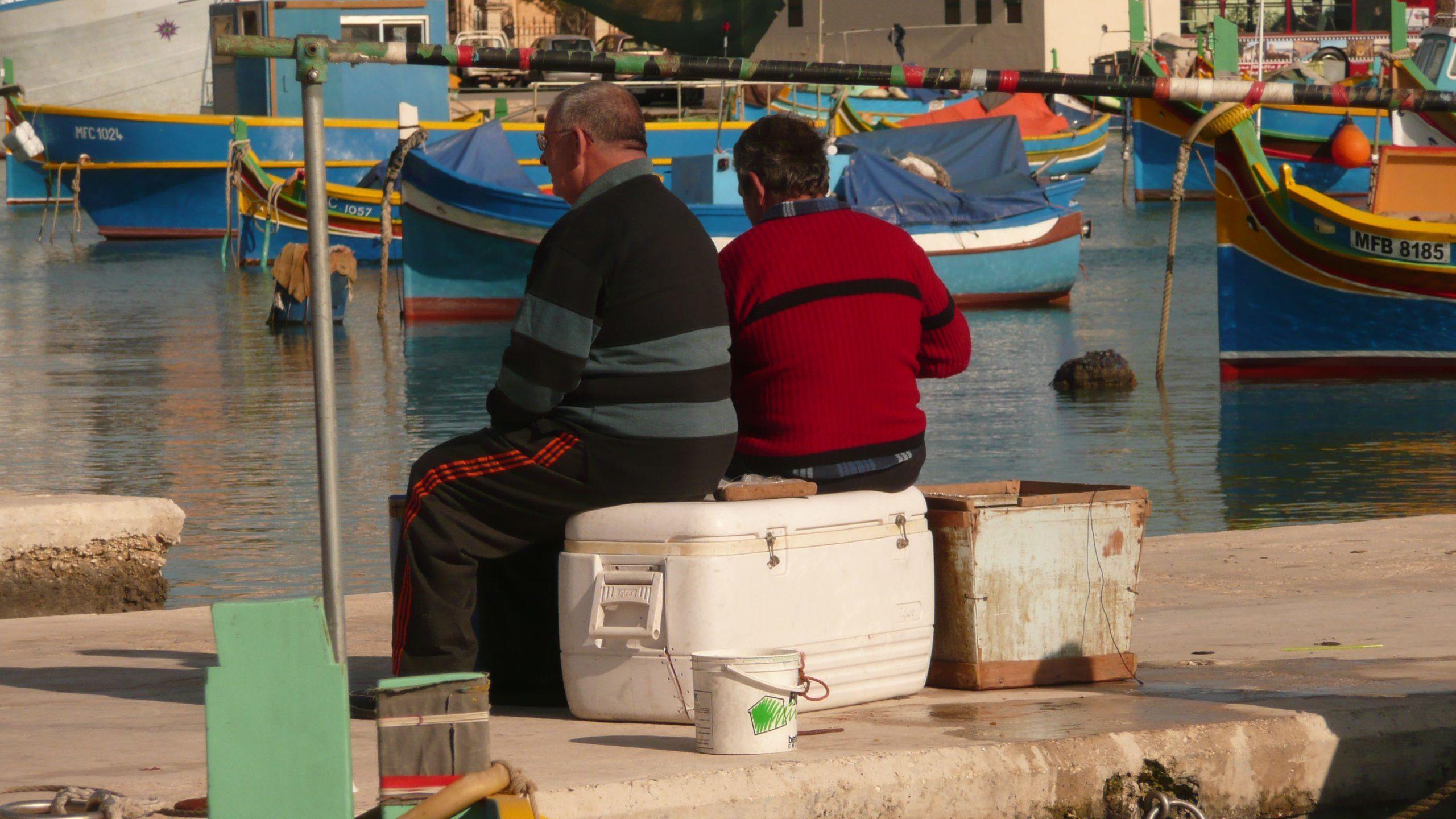
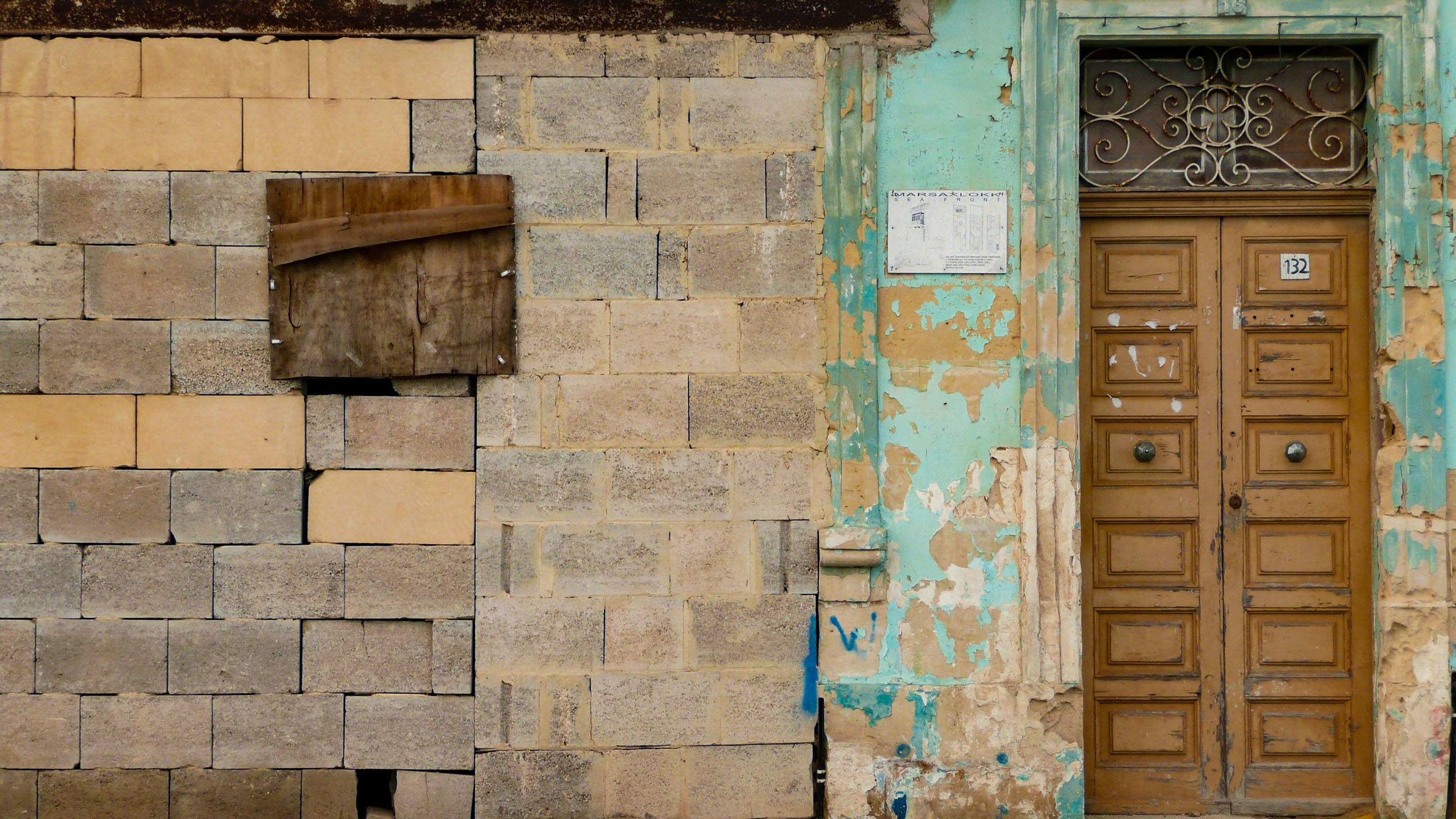
I sat for a while, soaking in the simplicity of it all. No towering resorts, no manicured tourist attractions — just a quiet rhythm of life that had likely remained unchanged for centuries.
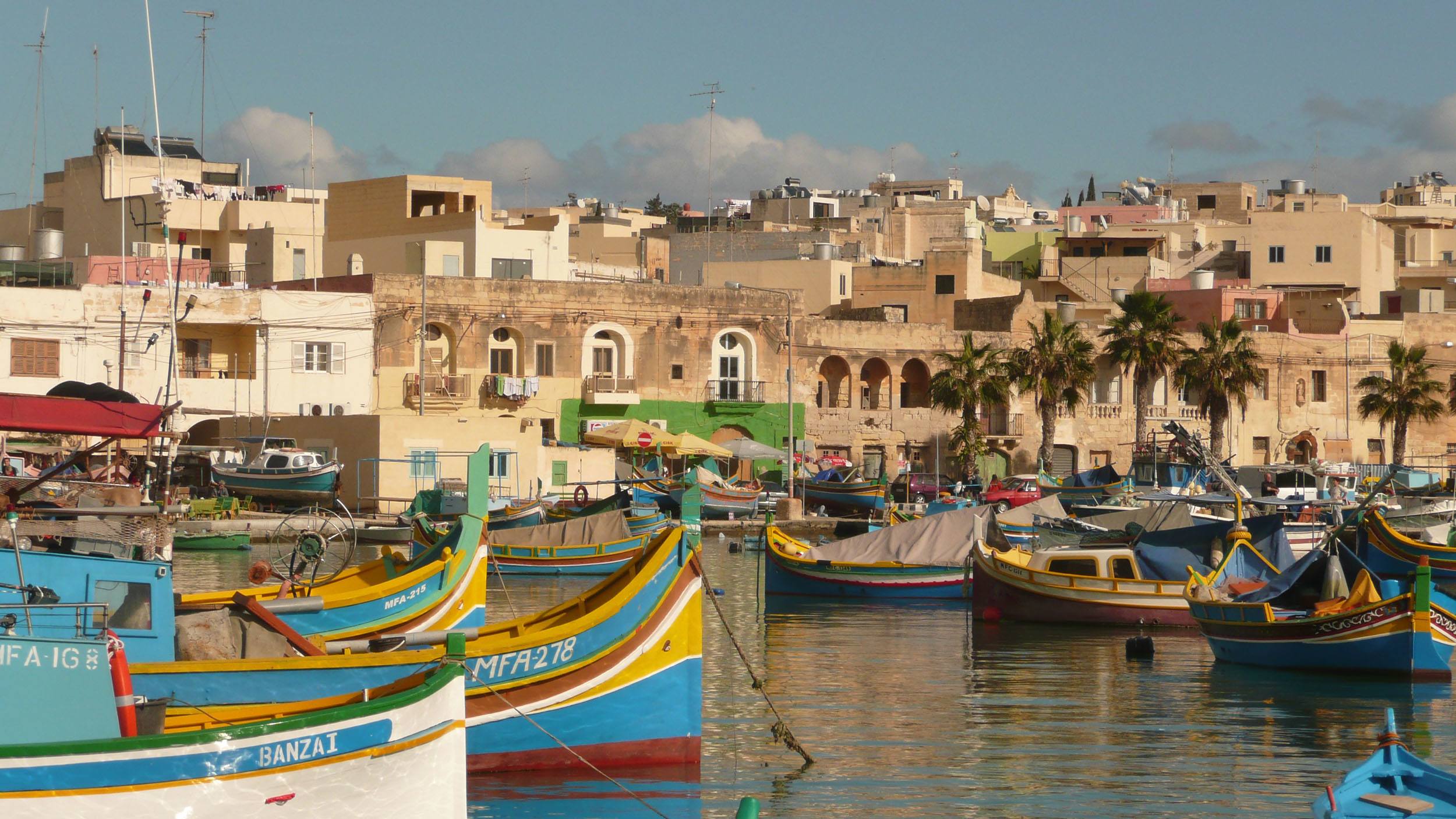
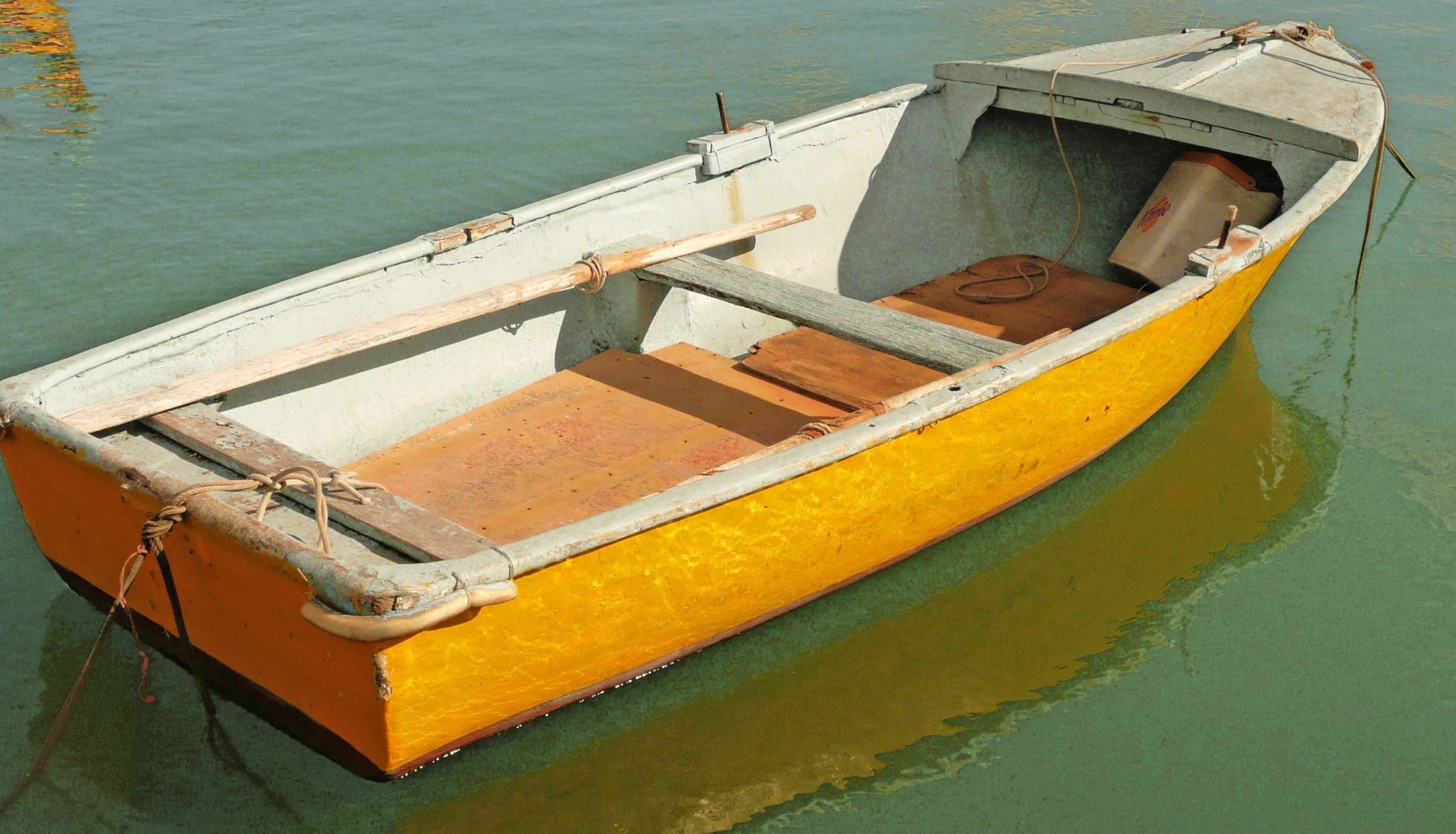
Marsaxlokk didn’t try to impress, yet it was one of the most captivating places I visited in Malta.
Malta’s Hidden Natural Wonders
Malta’s coastline gets all the attention, but the island’s rugged cliffs and rock formations tell a quieter, more dramatic story.
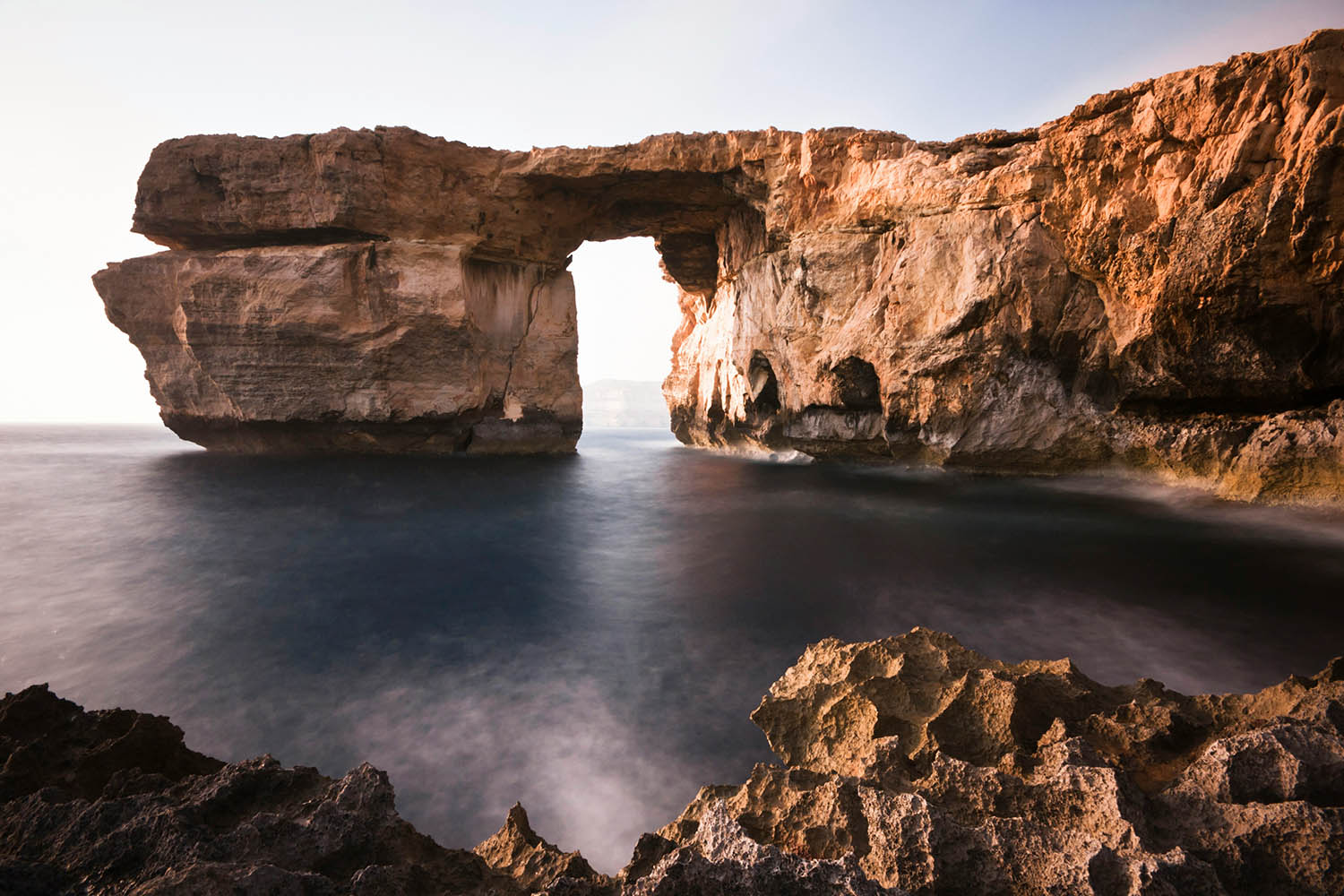
I stood at the edge of Dingli Cliffs, watching the land drop abruptly into the sea below, the horizon stretching endlessly into the Mediterranean blue. The wind was fierce, the kind that makes you feel completely insignificant — and I loved it.

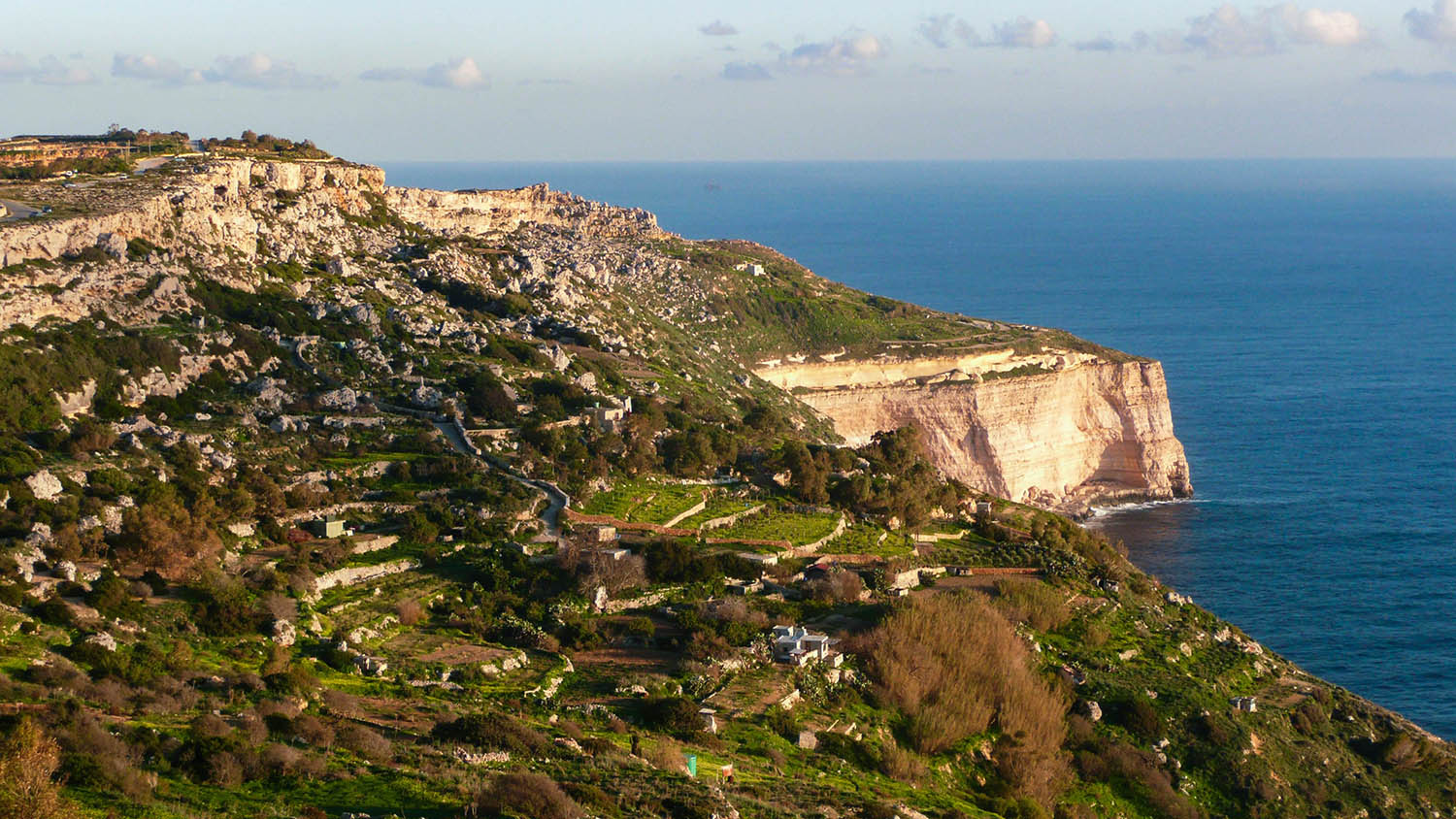
Then there’s the remnants of the Azure Window, once Malta’s most iconic natural landmark before it collapsed in 2017. While it’s no longer standing, the site is still a hauntingly beautiful place to visit, with its jagged rocks and deep blue waters hinting at what once was.
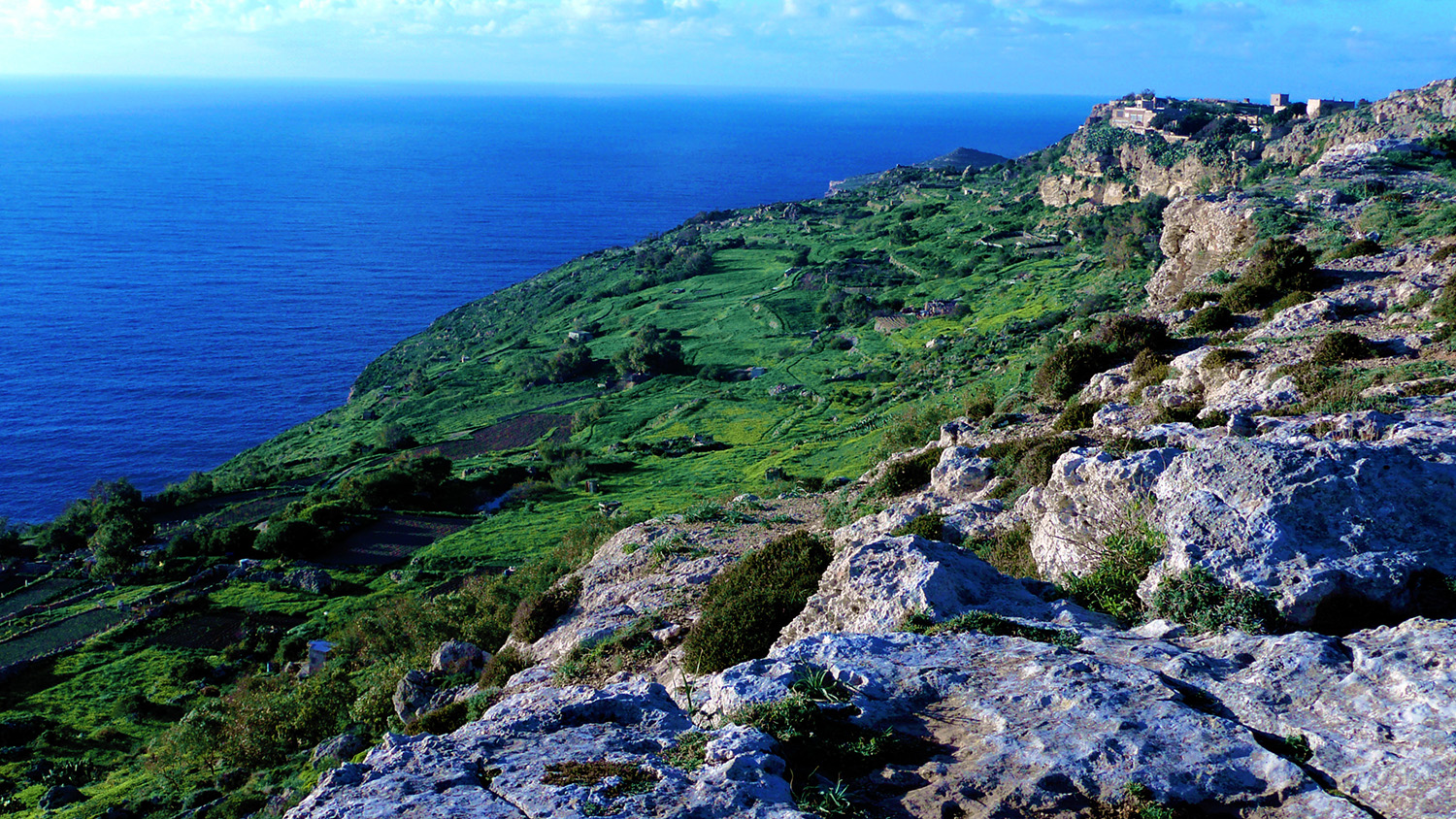
Unlike the polished grandeur of Valletta, Malta’s natural wonders feel raw, untouched, and uncurated — an unexpected contrast to the rest of the island.
Gozo – Malta’s Quieter, More Scenic Cousin
I didn’t make it to Gozo, but almost everyone I met in Malta told me I should have. "If you think Malta is beautiful, wait until you see Gozo," one local insisted.
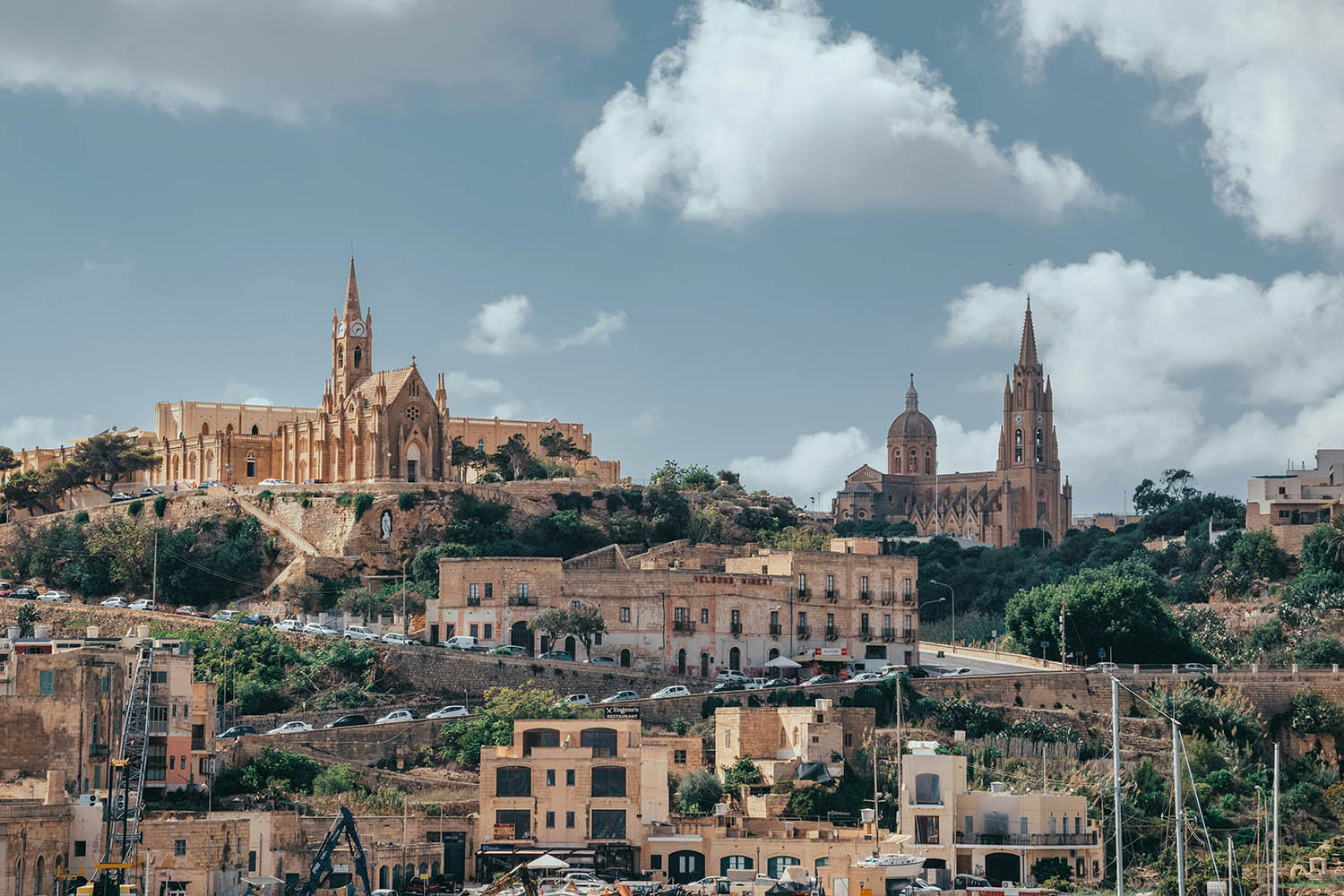
Known for its slower pace, rolling countryside, and stunning coastal views, Gozo is said to be the quieter, more authentic side of Malta.
While Valletta buzzes with energy, Gozo is where you go to breathe. From the red sands of Ramla Bay to the limestone cliffs of Ta’ Ċenċ, travellers claim it’s the perfect retreat for those looking to escape the crowds.
I can’t speak from experience, but based on the praise it gets, if I return to Malta, Gozo will be at the top of my list.
Malta’s Unique Blend of Cultures
Malta doesn’t fit neatly into a single box.
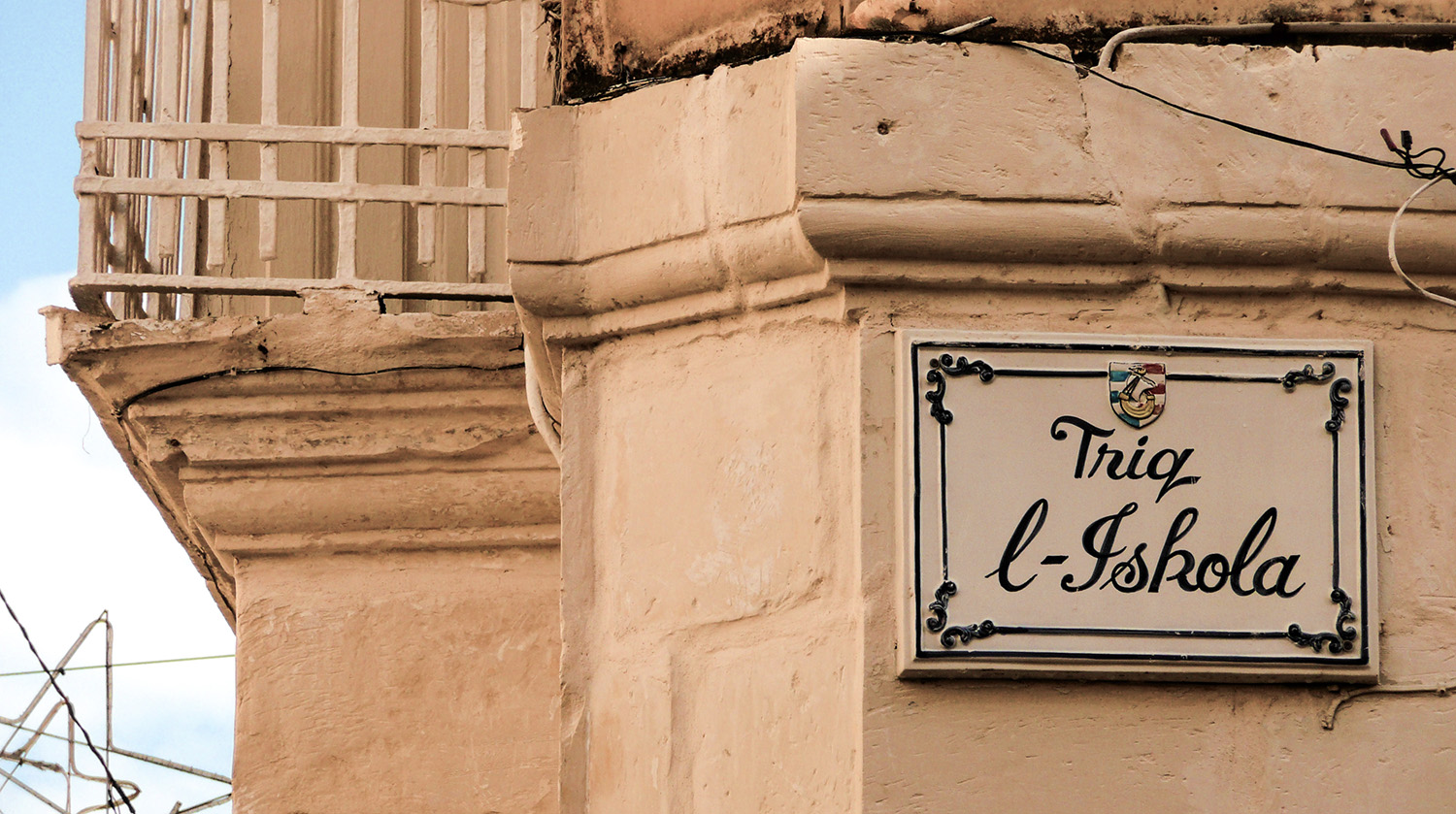
Walk through its streets, and you’ll see grand European cathedrals standing next to honey-coloured limestone buildings that wouldn’t look out of place in North Africa.
The language — Maltese — is a linguistic mix of Arabic, Italian, and English, while the food brings together flavours from Sicily, the Middle East, and even the British influence from colonial times.
Try rabbit stew in Mdina that feels distinctly Mediterranean, yet the pastizzi (flaky pastries filled with ricotta or mushy peas) taste like something plucked from a souk in Tunisia.
I found Malta to be a contradiction in the best way possible — not quite European, not quite Middle Eastern, but something entirely its own.
Why Malta Might Not Be Worth Visiting for Some Travellers
Not everyone will fall in love with Malta. While its history and landscapes are impressive, some travellers might find it too small, too crowded, or not quite the budget-friendly Mediterranean escape they imagined.
Where’s the Sand? Malta’s Beach Reality
Malta’s beaches don’t fit the typical Mediterranean postcard image. While there are a few sandy spots — like Golden Bay and Mellieħa Bay — much of the coastline is rugged, with rocky shores and limestone formations taking centre stage.
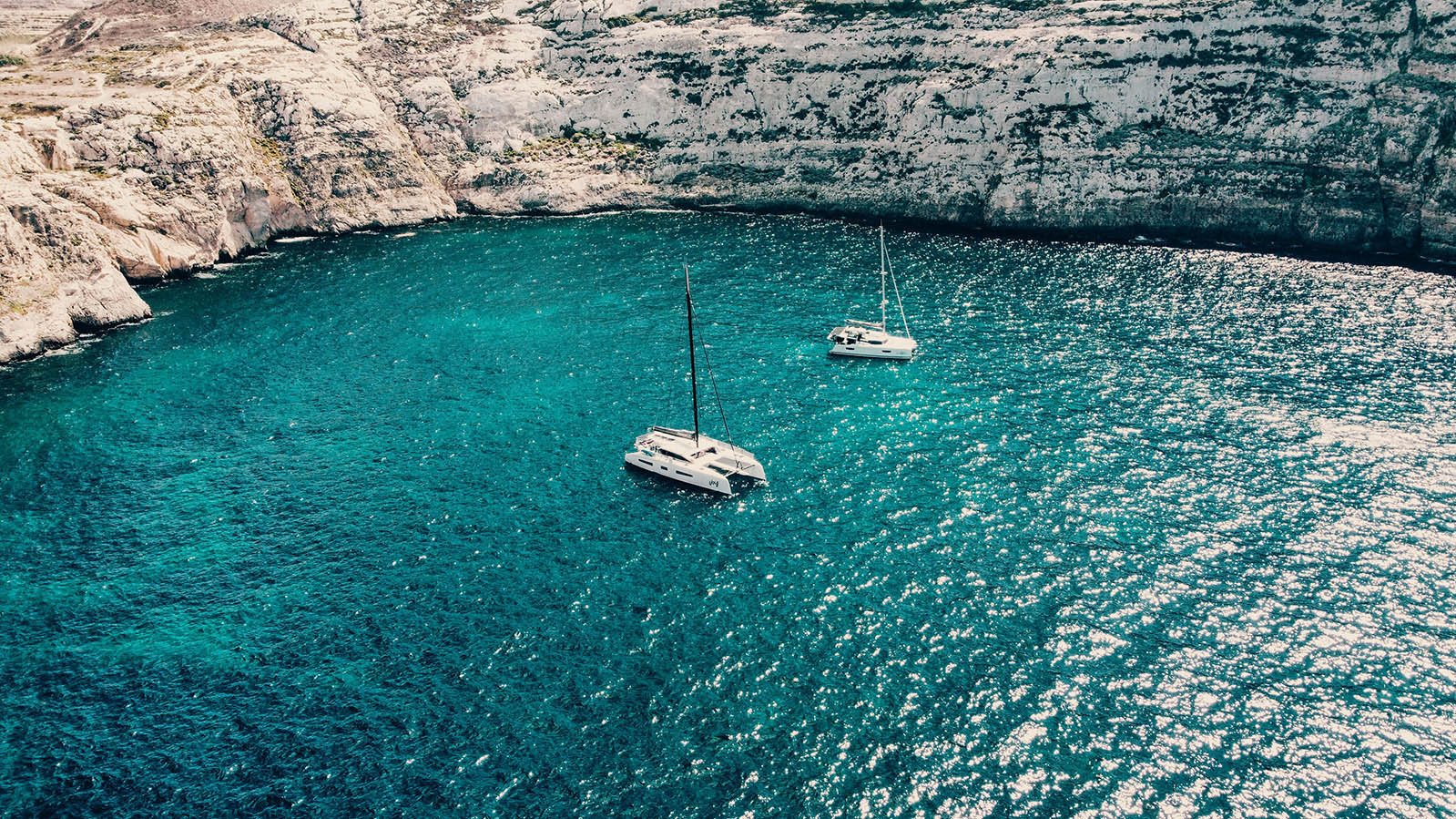
Sunbathing is often done on flat rock slabs, and many swimming spots require climbing down ladders or jumping straight into the sea. If you’re expecting endless golden beaches, you might be in for a surprise — but the dramatic coastal scenery, crystal-clear waters, and unique swimming coves more than make up for it.
Crowds and Cruise Ships – The Downside of Valletta
Valletta is stunning — there’s no denying that. But visit at the wrong time, and you might find yourself jostling through packed streets, dodging flag-wielding tour guides, and struggling to get a table at a café.
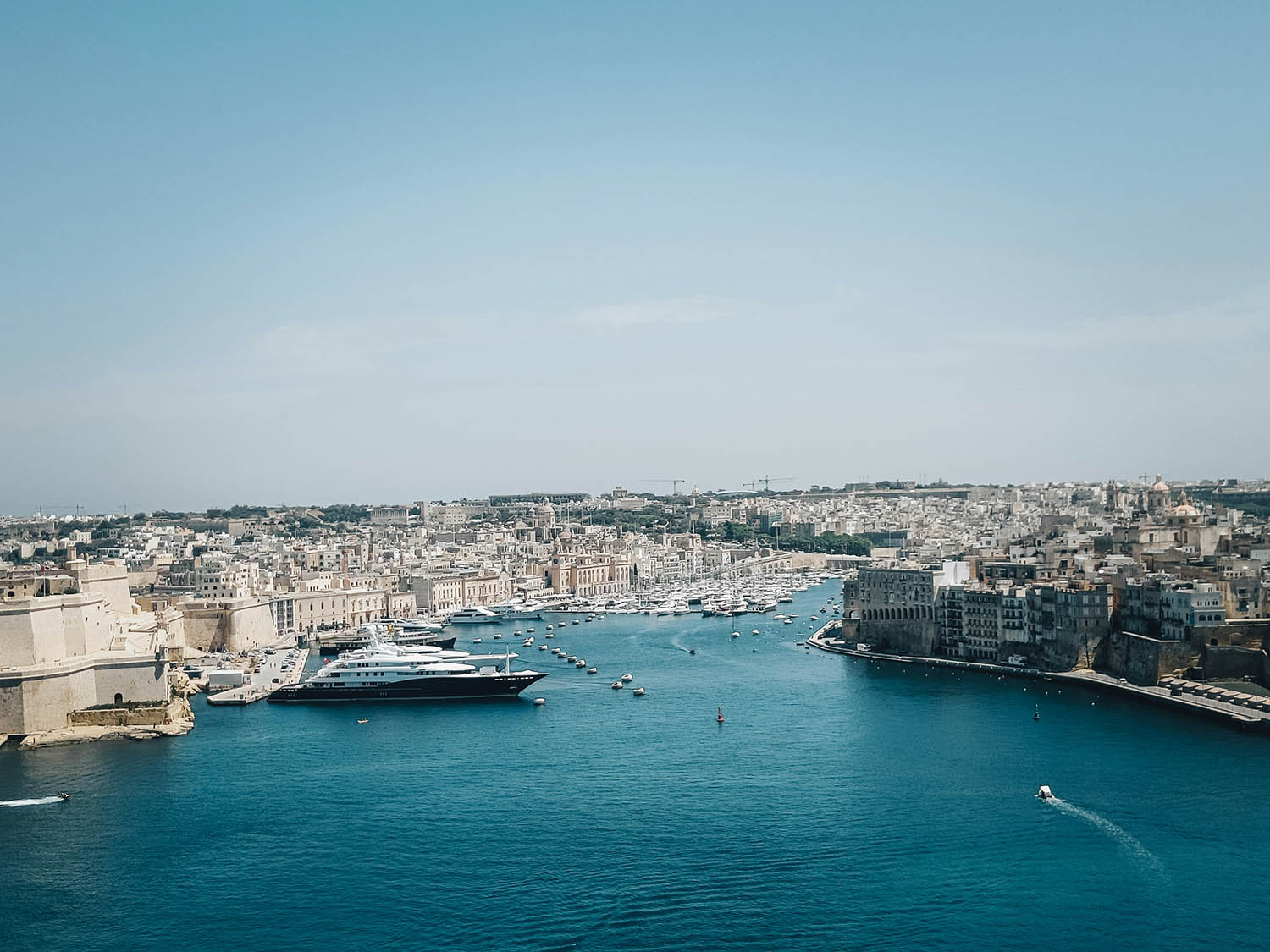
The city is a major stop on Mediterranean cruise itineraries, meaning thousands of passengers flood in daily, especially during peak season.
If you want to experience Valletta’s charm without the chaos, aim for early mornings or late afternoons when the cruise crowds have moved on. Off-season travel (autumn or winter) also offers a far more relaxed experience.
Budget Travel in Malta – Not as Cheap as You Think
If you’re expecting Malta to be on par with budget-friendly Balkan destinations, think again.

While it’s not as pricey as Western Europe, Malta isn’t exactly a backpacker haven. Accommodation costs can be steep, especially in Valletta or along the coast, and while public transport is affordable, eating out adds up quickly.
That said, there are ways to keep costs down — staying in guesthouses or Airbnbs outside the main tourist zones, taking advantage of local bakeries for pastizzi (cheap and filling), using public transport and prioritising free activities like exploring historic sites and natural landscapes.
Essential Travel Information for Malta
Before booking your trip to Malta, it helps to know the basics — how to get there, how to get around, and what to expect in terms of costs. While Malta is easy to navigate, a little preparation can make your trip smoother and more enjoyable.
How to Get to Malta
Despite its small size, Malta is well-connected to Europe and North Africa, making it relatively easy to reach. Whether you're flying in, arriving by ferry, or even considering an overland route, here’s what you need to know.
▶ By Air
Malta International Airport (MLA) is the country’s only airport, with direct flights from major European hubs like London, Rome, and Frankfurt. Budget airlines such as Ryanair and Wizz Air offer affordable options, while legacy carriers like Lufthansa and British Airways provide full-service flights.
▶ By Boat
Ferries connect Malta to Sicily, with regular services from Pozzallo and Catania, making it an option for travellers coming from Italy. The journey takes about 90 minutes by high-speed ferry.
Cruise ships also frequently dock in Valletta, allowing passengers to explore Malta as a port stop.
▶ By Land (Kind Of)
While you can’t drive directly to Malta, some travellers opt for a combined overland and ferry route. You can travel through Italy and then take a ferry from Sicily, making for a scenic, slower-paced journey.
How to Get Around Malta
Malta’s small size makes getting around relatively easy, but transport options vary depending on where you’re going. Public transport is affordable, but renting a car provides more flexibility, while some areas are best explored on foot.
▶ On Foot
Valletta and Mdina are highly walkable, with their narrow streets best explored on foot. However, beyond the main towns, Malta isn’t the most pedestrian-friendly place — many roads lack sidewalks, and distances between attractions can be deceiving.
▶ By Bus
Public buses are the main form of transport in Malta, with an extensive network covering most of the island. The system is cheap, but buses can be infrequent, delayed, and overcrowded, especially in peak season.
Routes radiate from Valletta, so be prepared for connections if travelling between smaller towns.
▶ By Car
Driving gives you the freedom to explore at your own pace, but be warned — Malta’s roads can be narrow, chaotic, and full of aggressive drivers. Parking is limited in cities like Valletta, but for visiting more remote areas, a rental car can be worth it.
I was on a backpacker-friendly budget so I opted to ride public transport, however had I not been travelling solo, I would have certainly hired a car.
The most common agencies (most of whom are located at the airport) include:
Here are a few things to note about driving in Malta:
- Driving occurs on the left (like it does in Britain)
- Road signs are in English
- Street signs are in Maltese
▶ By Taxi & Ride-Sharing
Taxis in Malta can be expensive, but ride-sharing apps like Bolt and eCabs offer a more affordable alternative. Always confirm the fare before getting into a traditional taxi, as meters aren’t always used.
Where to Stay in Malta
Malta offers a mix of accommodations, from budget guesthouses in Sliema to luxury stays in Valletta, but where you stay will depend on whether you prioritise nightlife, history, or quieter coastal views.
I stayed at Balco Harmony Hostel in Sliema, which was fine for a budget stay, but there are better options if you're looking for comfort and atmosphere.
Budget: Two Pillows Boutique Hostel
Two Pillows Boutique Hostel in Sliema offers a stylish yet affordable stay, just a 5-minute ferry ride from Valletta. With boutique-style dorms and private rooms, plus a sauna and jacuzzi, it’s a step up from typical budget stays. Perfect for solo travellers, though relying on buses may require backtracking through Valletta.
Mid-Range: Mr Todd Hotel
Mr Todd Hotel in Sliema is a modern, mid-range stay with spacious rooms, a solid breakfast, and an ideal location near ferries and bus stops. Perfect if you want easy access to Valletta without the capital’s prices. A reliable choice for those who prefer comfort without breaking the bank.
High End: Hyatt Regency Malta
If your idea of “budget travel” includes spa treatments, rooftop pools, and concierge service, the Hyatt Regency Malta might just be your kind of splurge. Nestled in St Julian’s, it’s far enough from the party scene to feel exclusive, yet close enough if you suddenly decide cocktails and a DJ set are in order. For those moments when bunk beds just won’t cut it.
Money Matters – Spending and Currency in Malta
Malta uses the Euro (€), and while it's not the cheapest destination in Europe, daily expenses can be manageable if you stick to local eateries and public transport.
How Many Days Do You Need in Malta?
The ideal length of stay in Malta depends on your travel style, but for most visitors, three to five days is enough to cover the highlights without feeling rushed. With this timeframe, you can explore Valletta, Mdina, the Blue Grotto, and Marsaxlokk, while also squeezing in a bit of beach or coastal time.
If you want to visit Gozo, hike along the Dingli Cliffs, or take things at a slower pace, a full week is better.
Those who enjoy deep-diving into history, local culture, or simply lingering in charming seaside villages might even appreciate ten days.
However, thanks to Malta’s small size and well-connected transport network, even a weekend trip can offer a satisfying taste of the island’s beauty.
Best Time to Visit Malta
Malta is a year-round destination, but the best time to visit depends on what you’re looking for.
Summer (June to August) is peak season, with hot weather, busy waters, and packed tourist spots. Spring (April to May) and autumn (September to October) strike the best balance, offering warm temperatures, fewer crowds, and lower prices. I visited in winter, and while it was cooler, it was still mild compared to most of Europe — good for sightseeing but not ideal for swimming.
If you prefer fewer tourists and don’t mind the occasional rainy day, winter can be a decent time to go.
Final Verdict – Is Malta Worth Visiting?
For me, Malta was absolutely worth visiting - going during a cold and inclement Roman winter was an obvious choice.
It’s a place where history, culture, and natural beauty come together in a way that feels uniquely its own. The island’s small size makes it easy to explore, and even in winter, I found plenty to appreciate — from the dramatic coastlines to the ancient streets of Valletta.
That said, it’s not for everyone. If you’re after endless sandy beaches or a dirt-cheap getaway, you might leave underwhelmed. But if you go in with the right expectations, Malta delivers an experience that’s as rewarding as it is distinctive.
